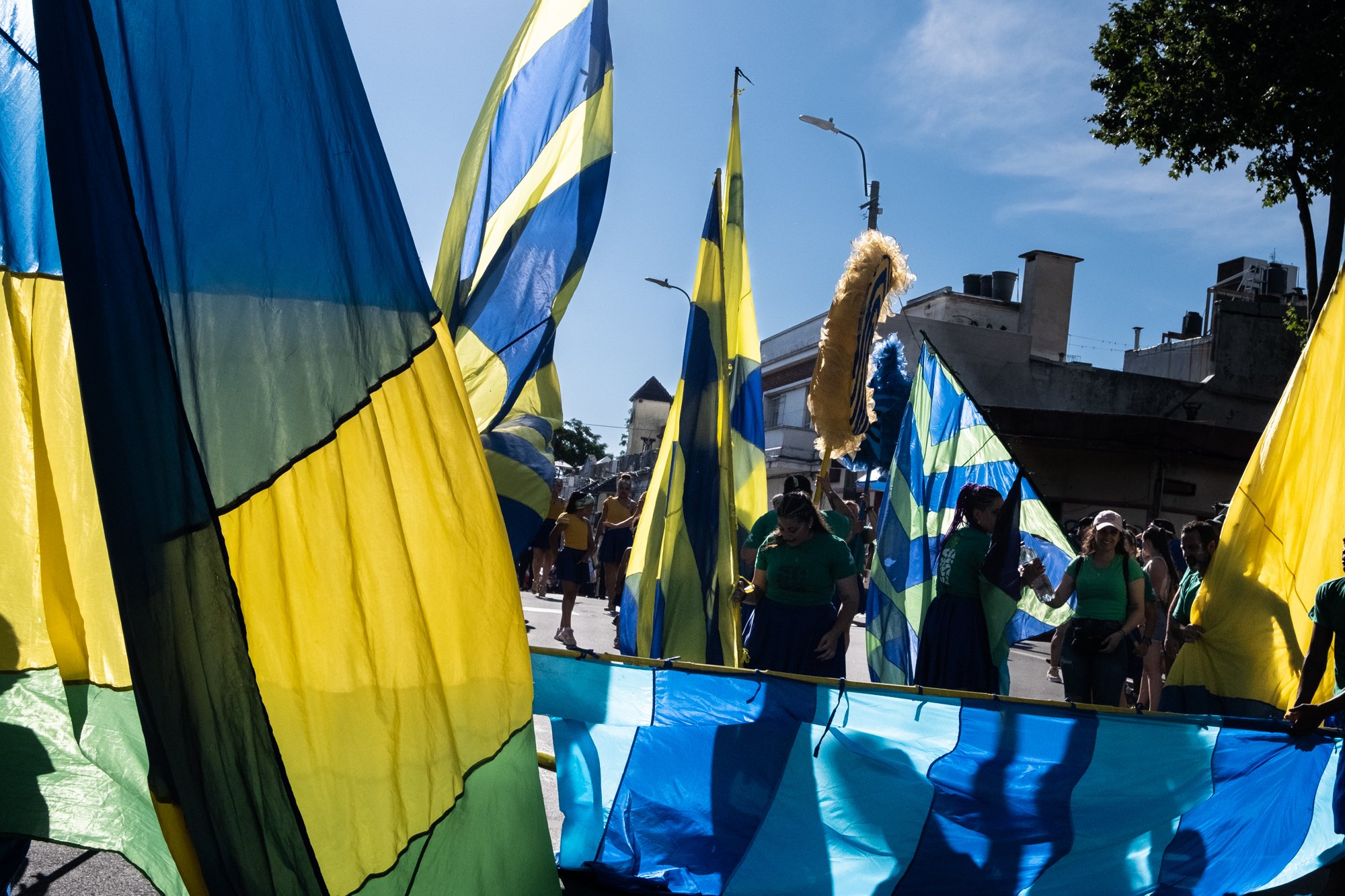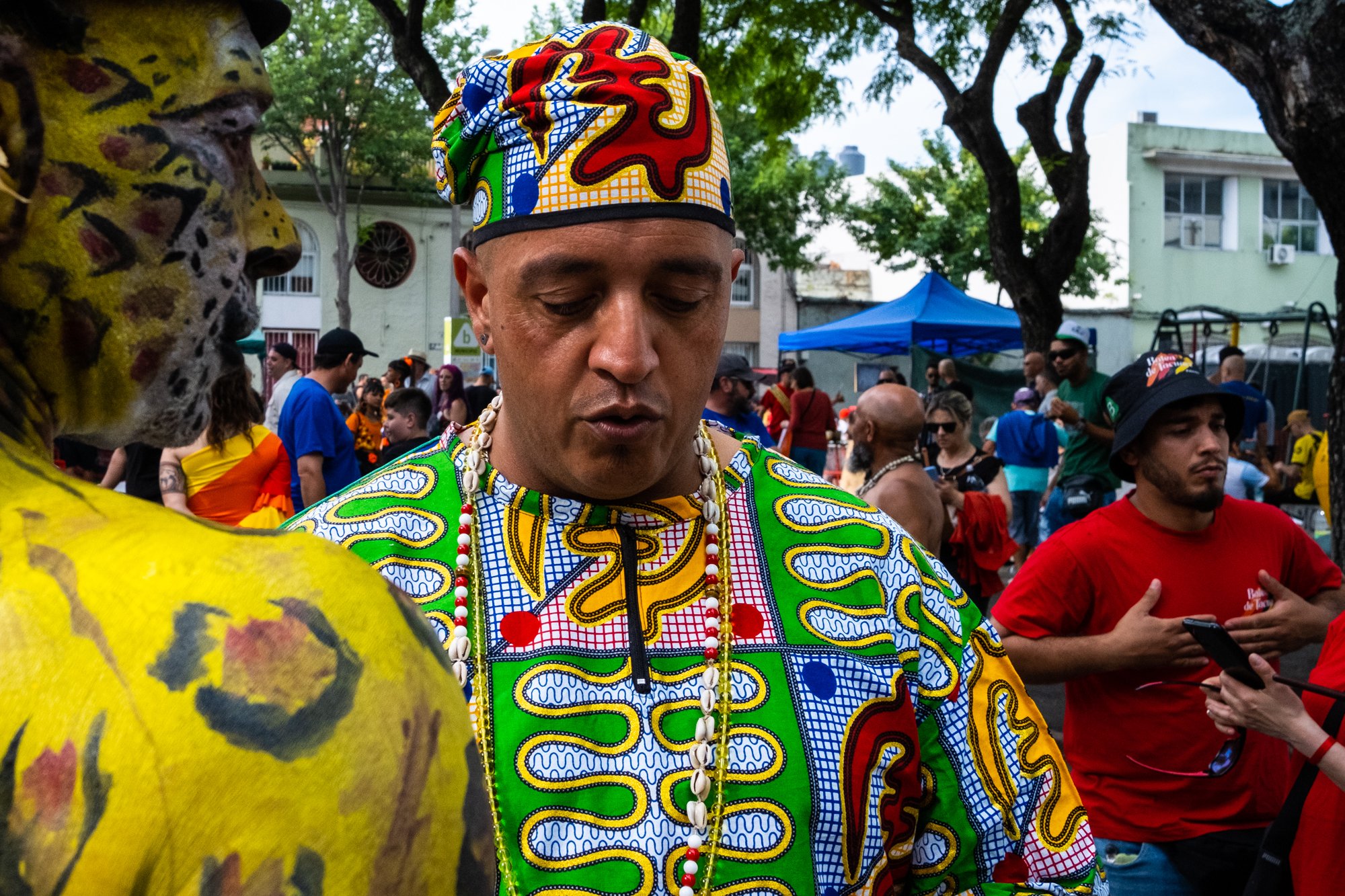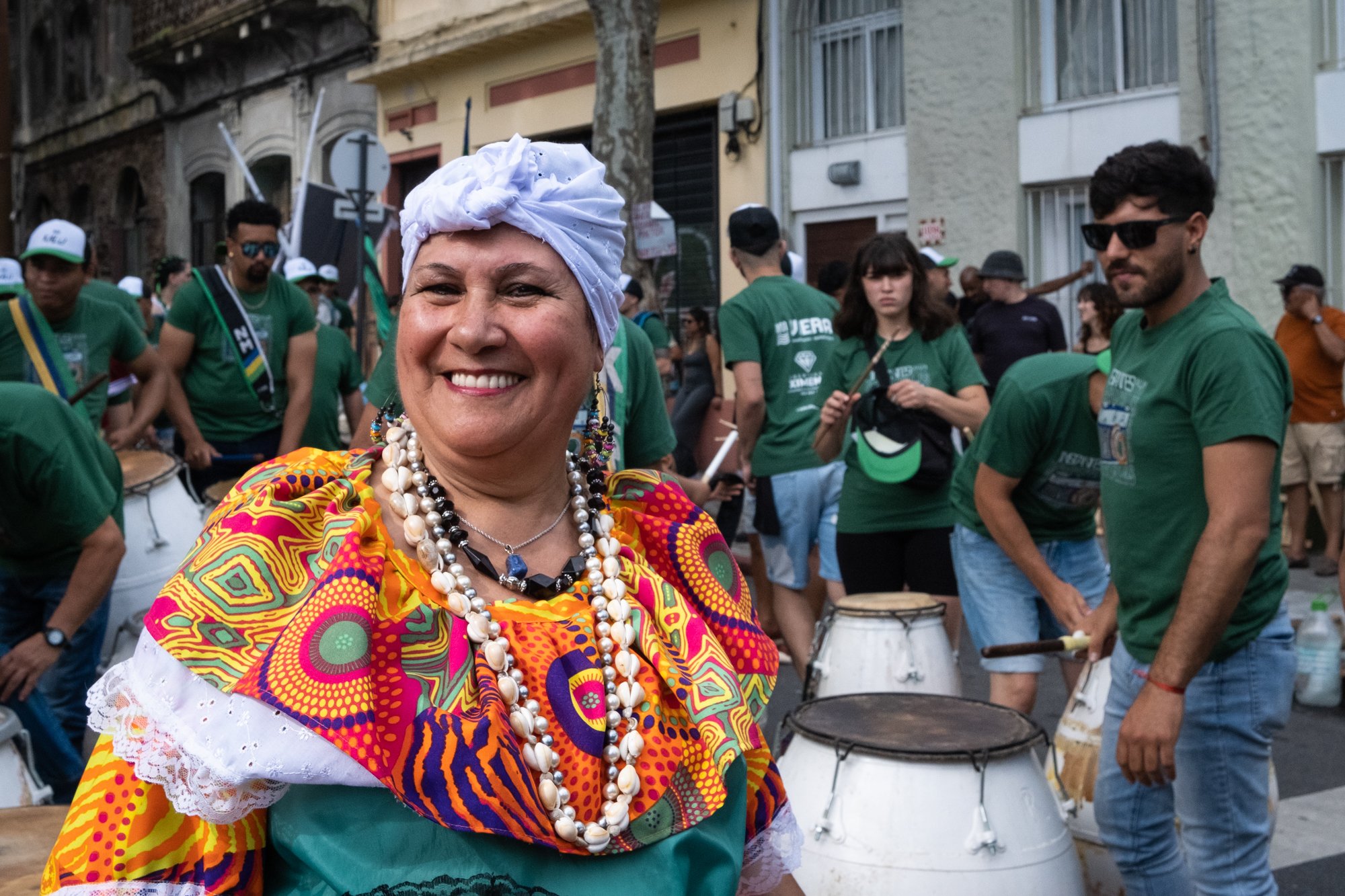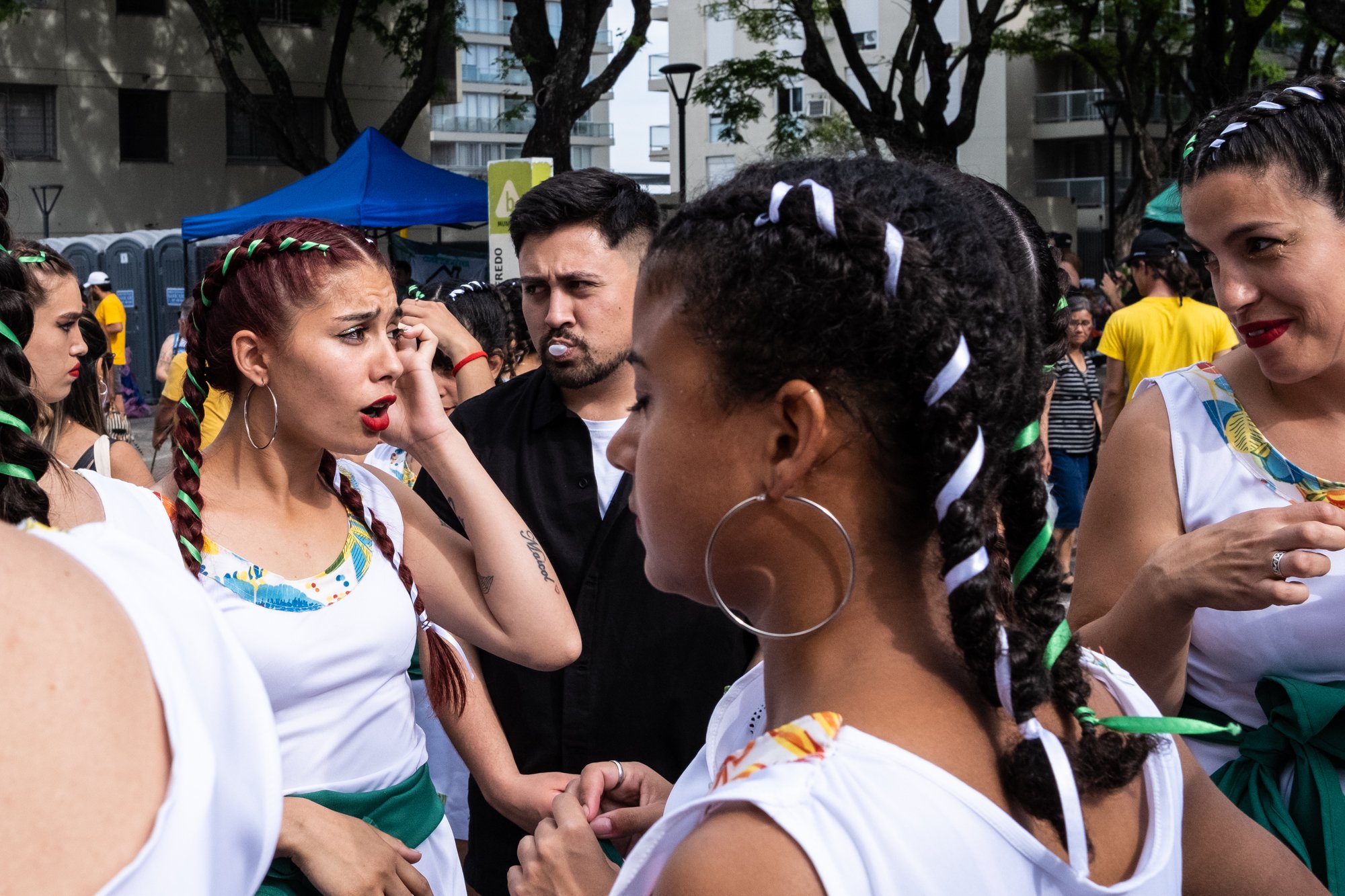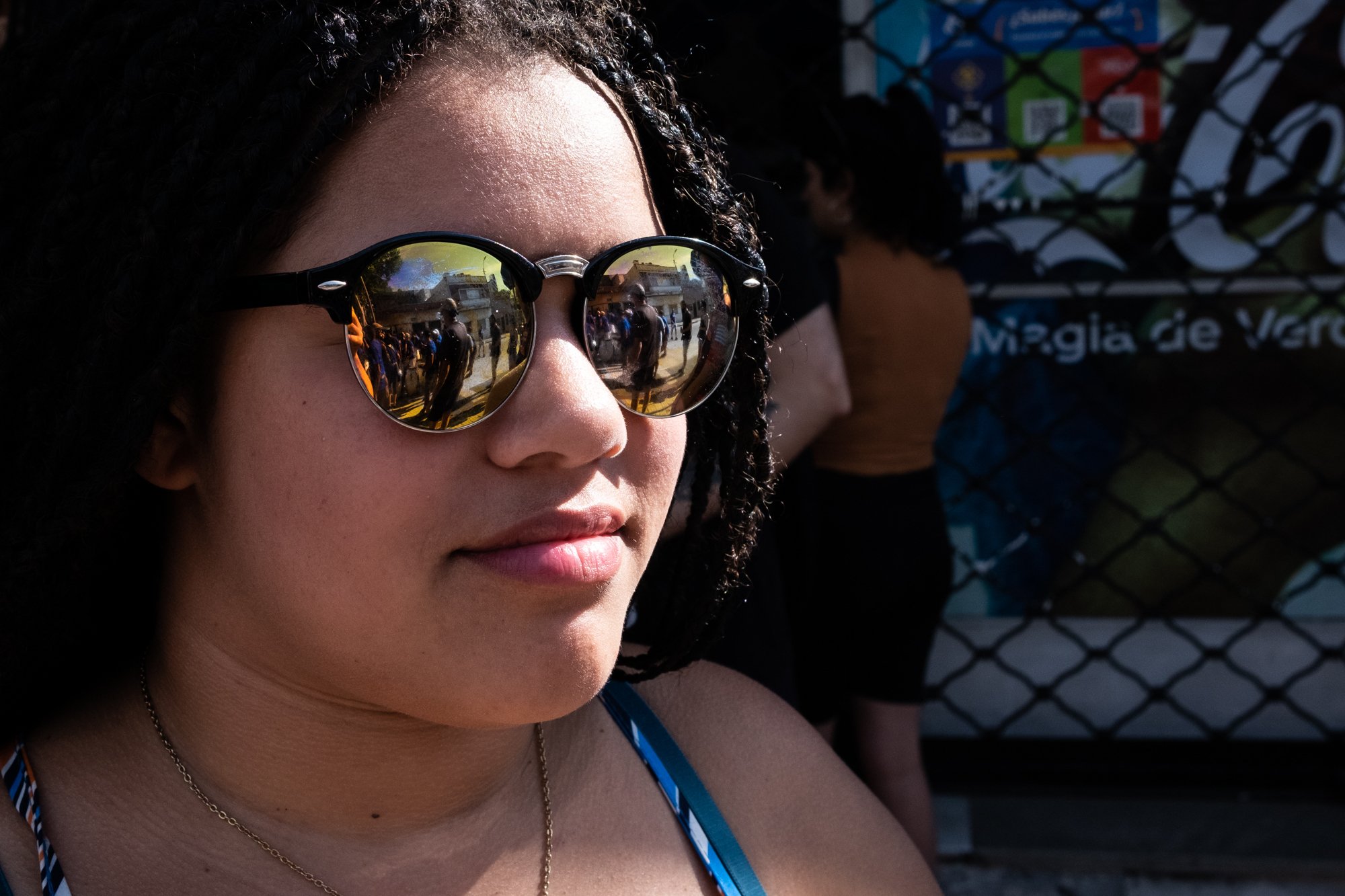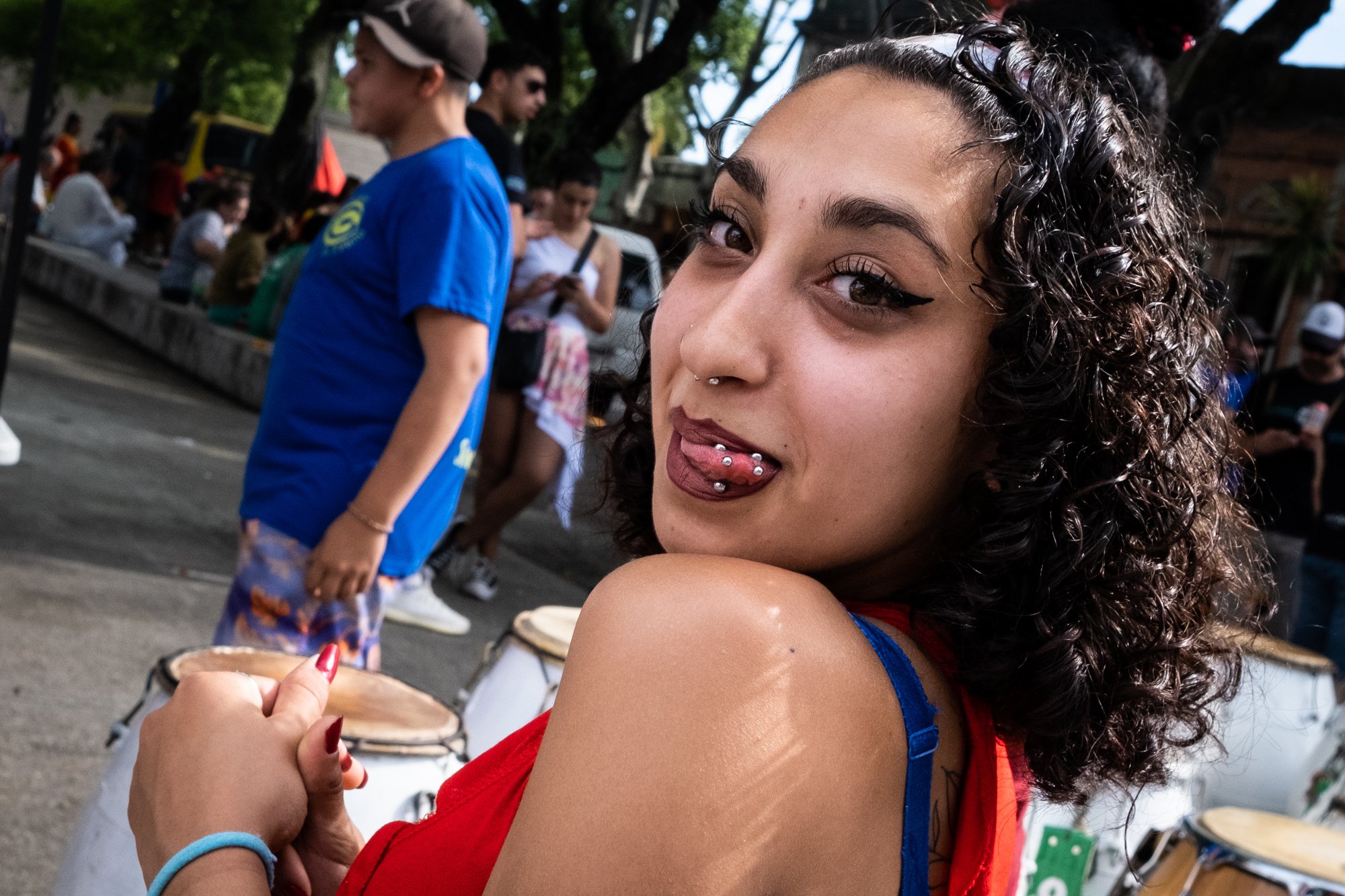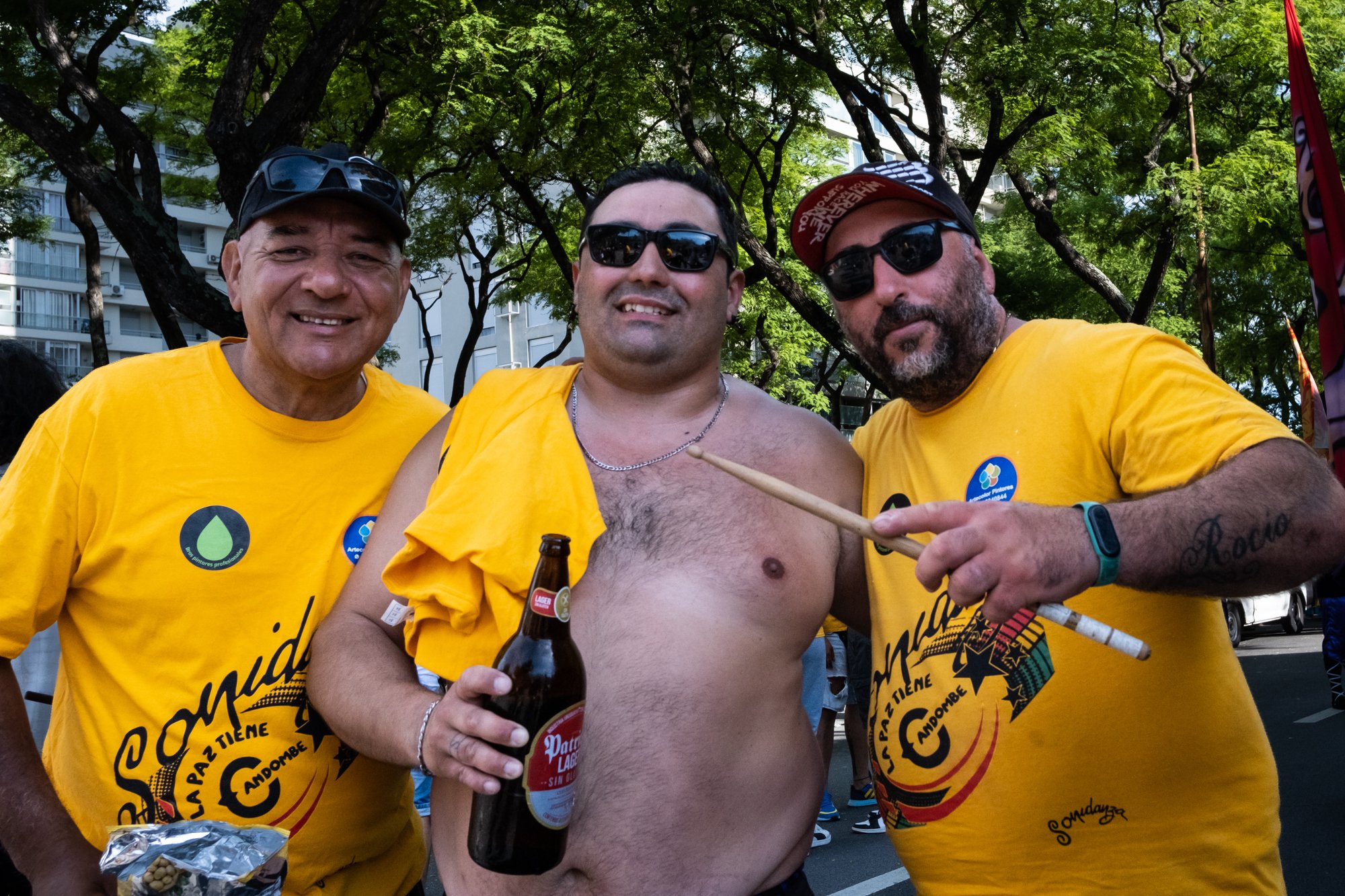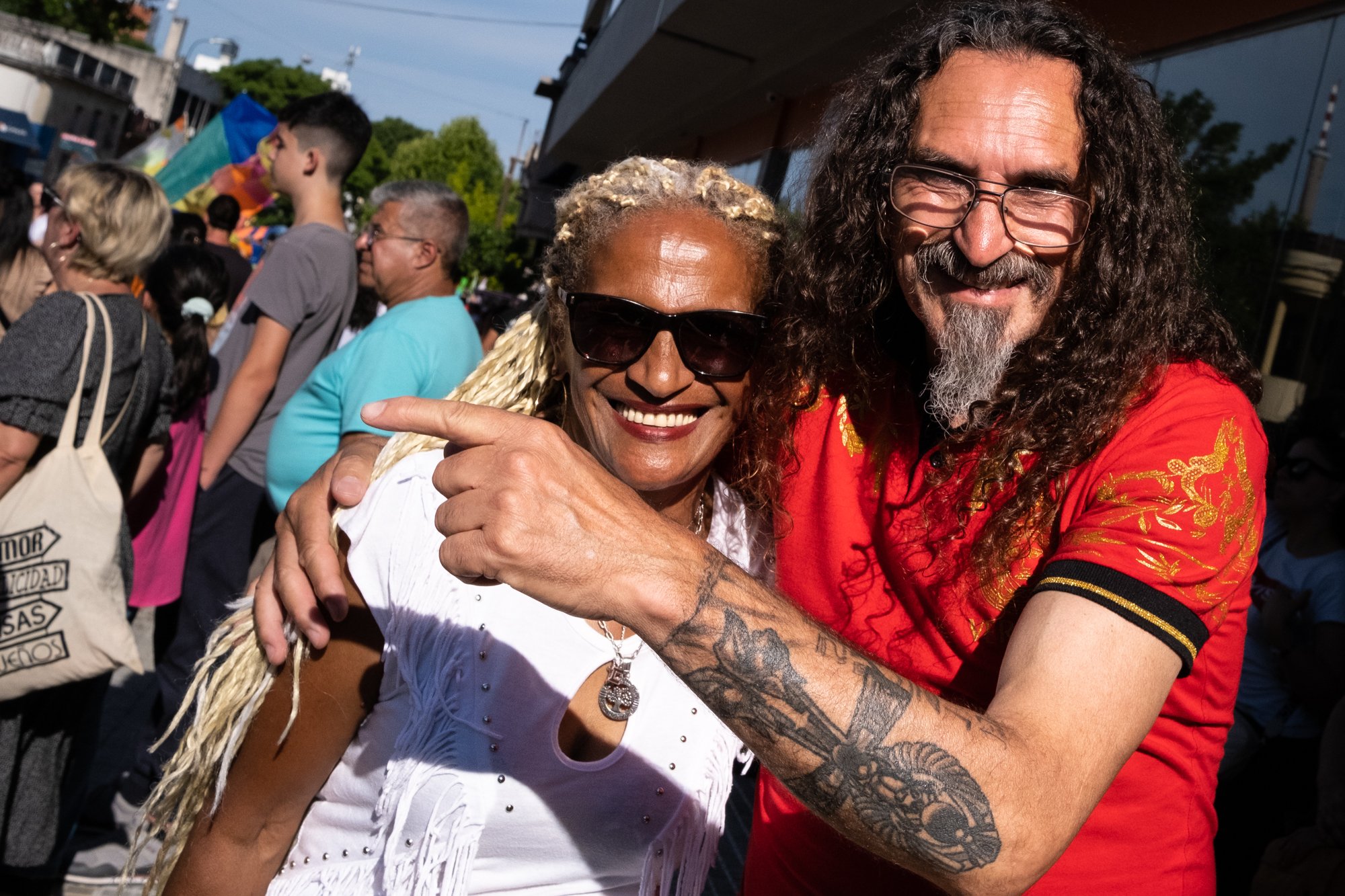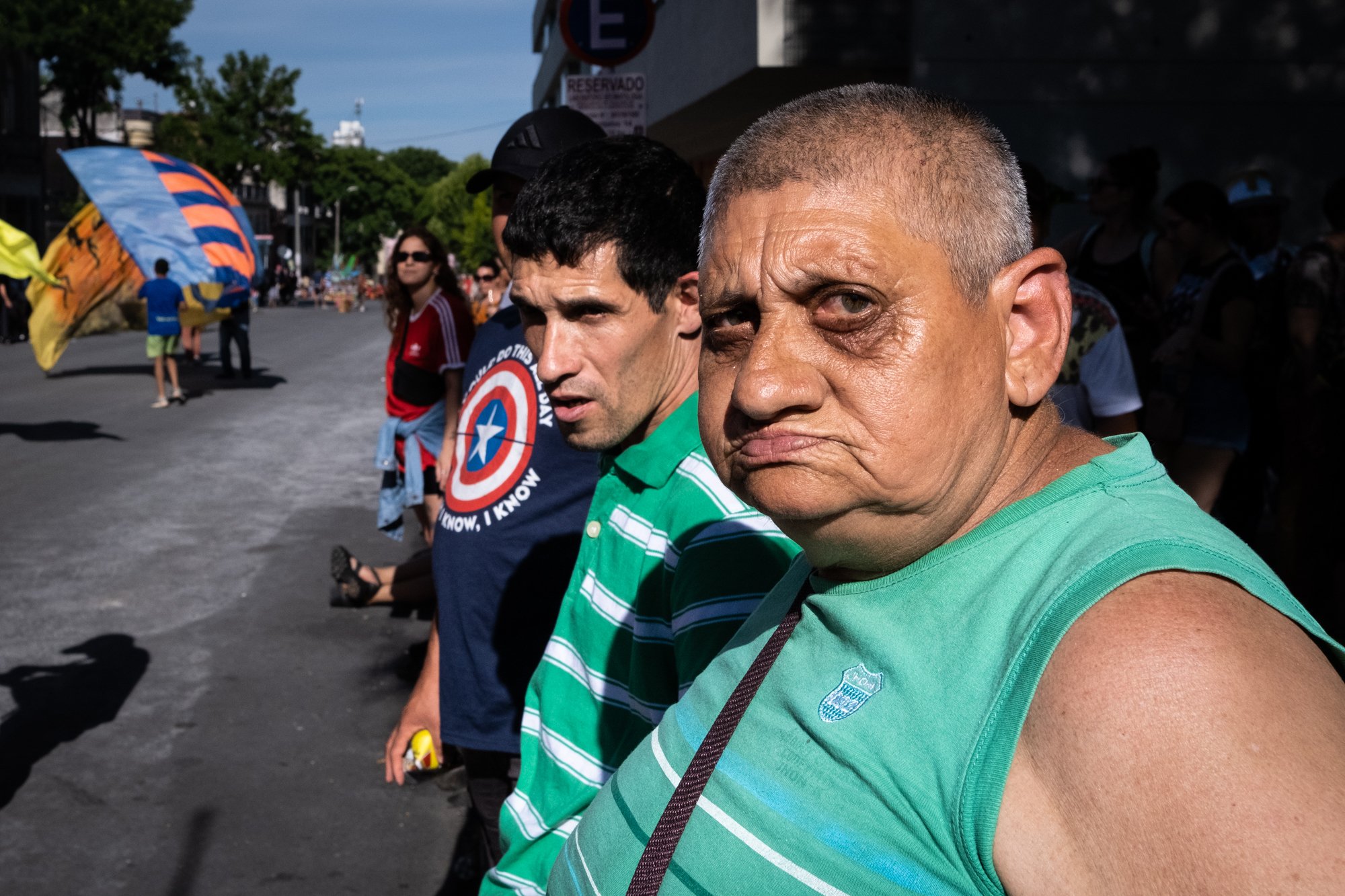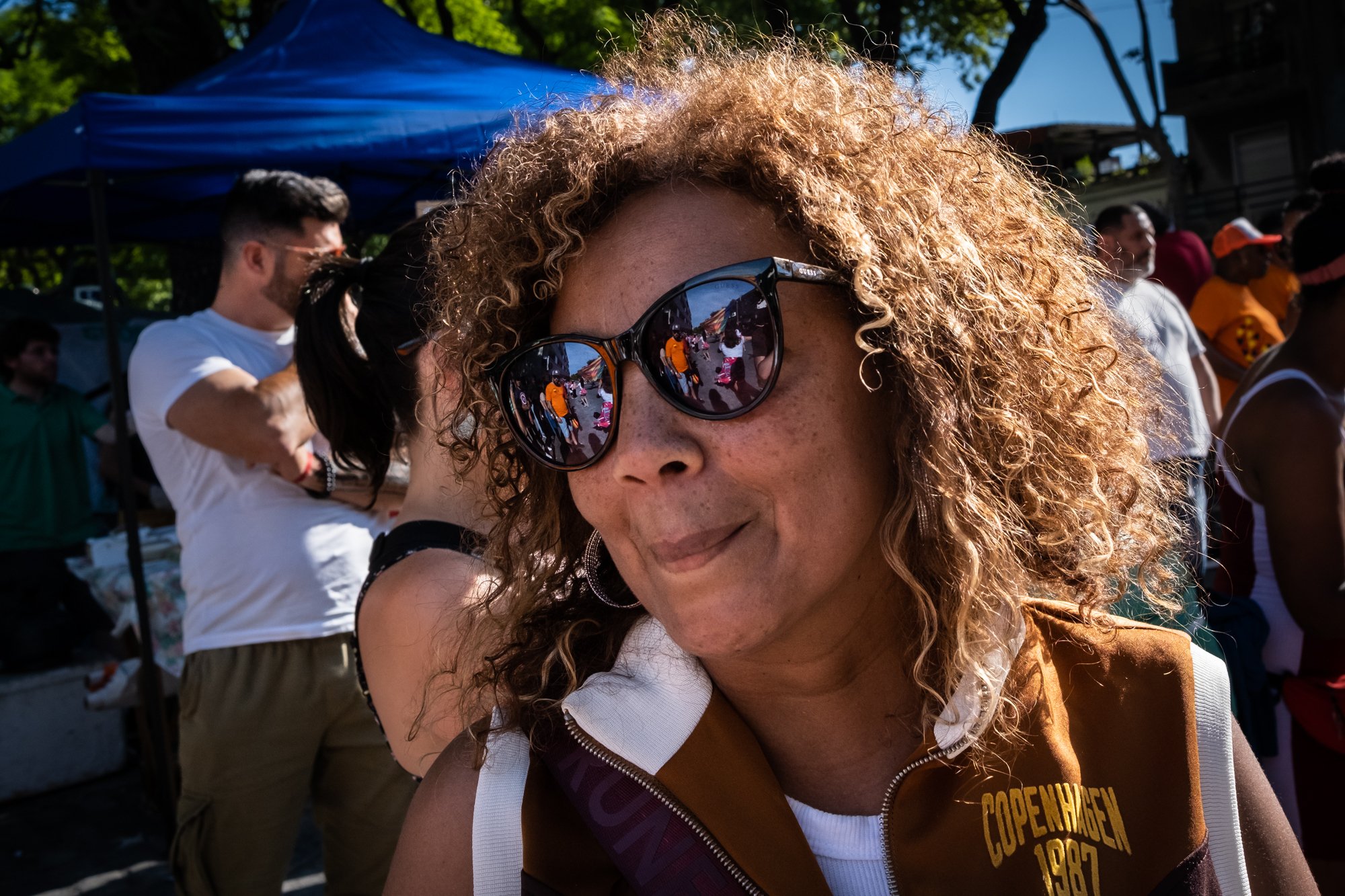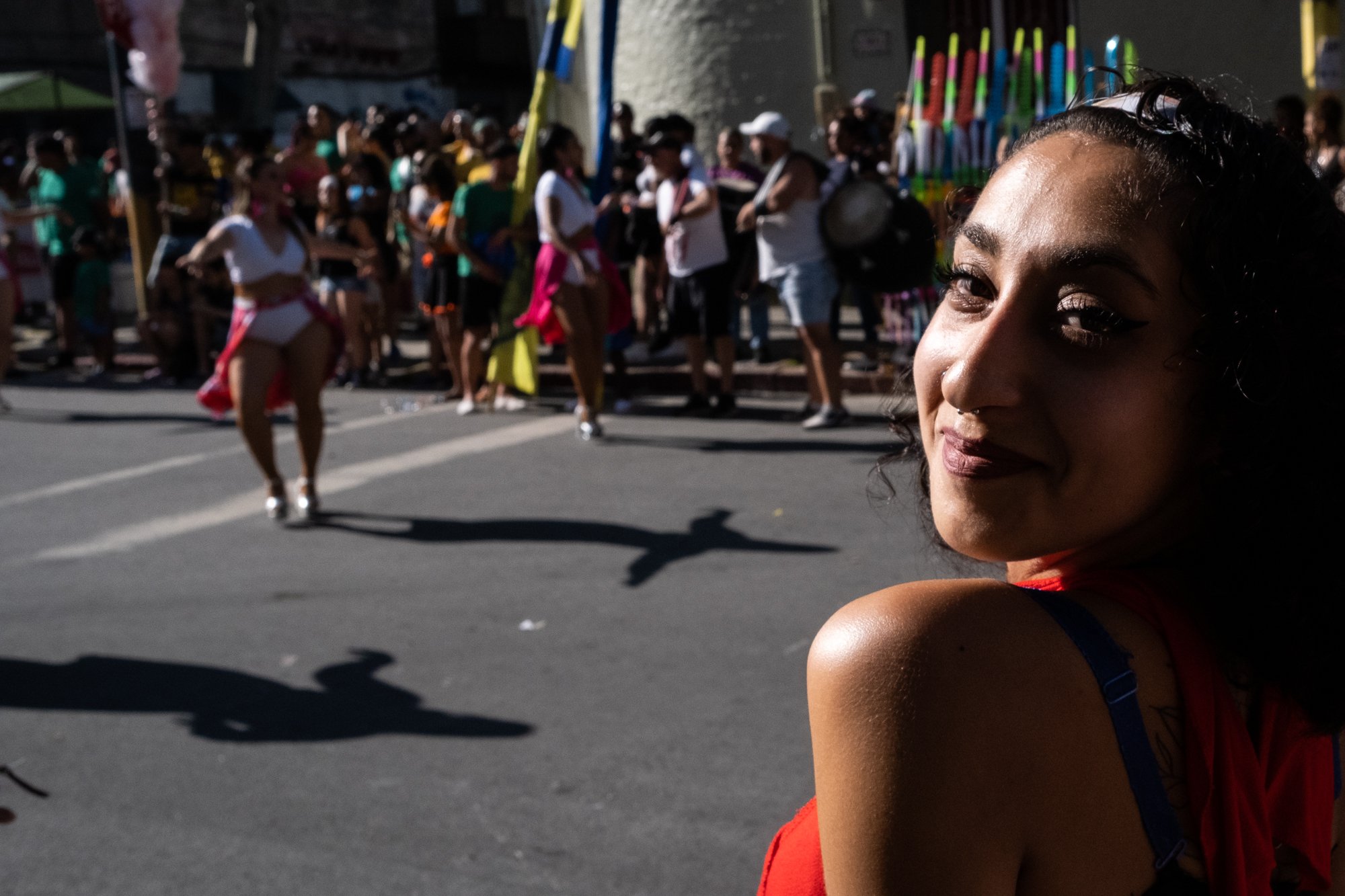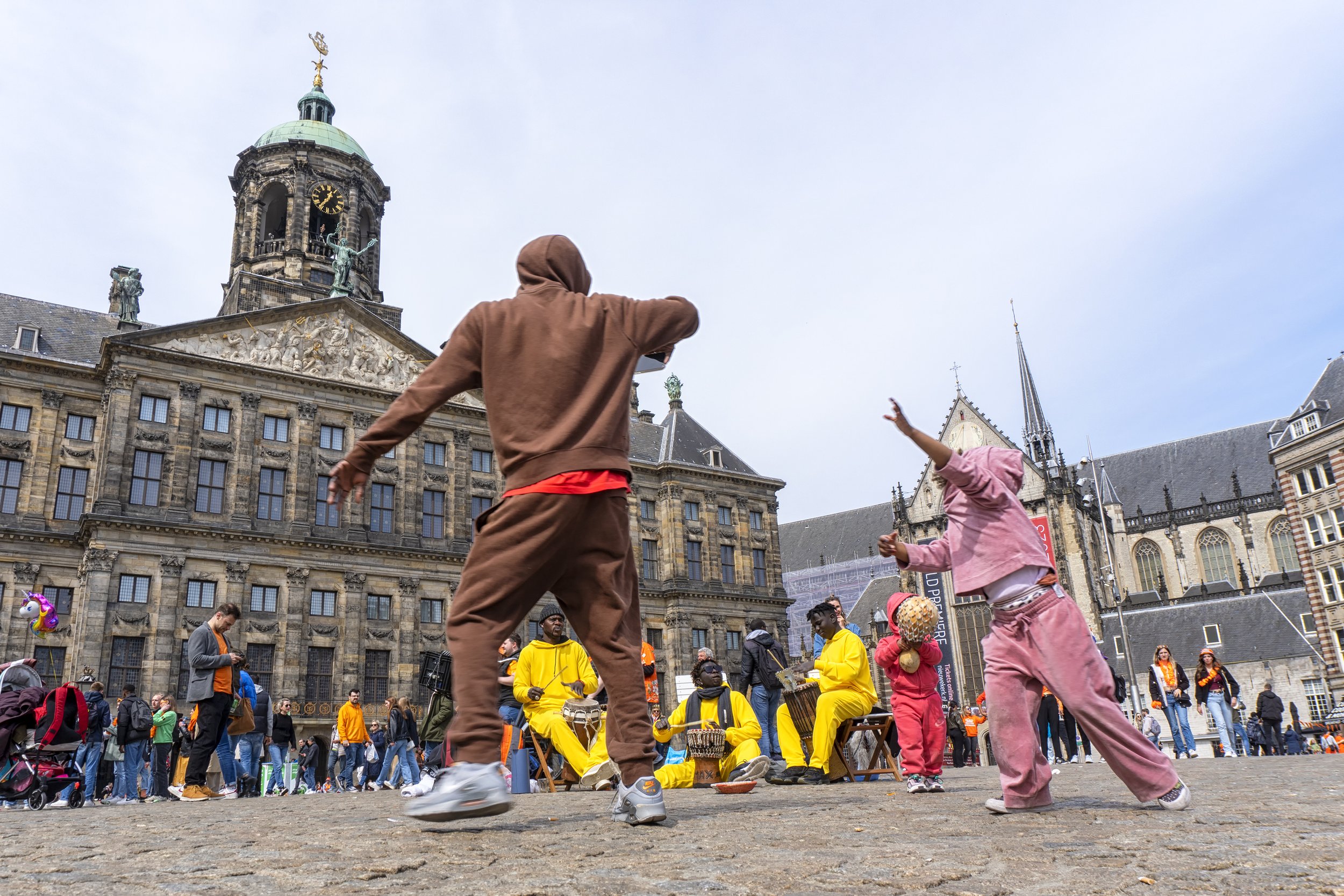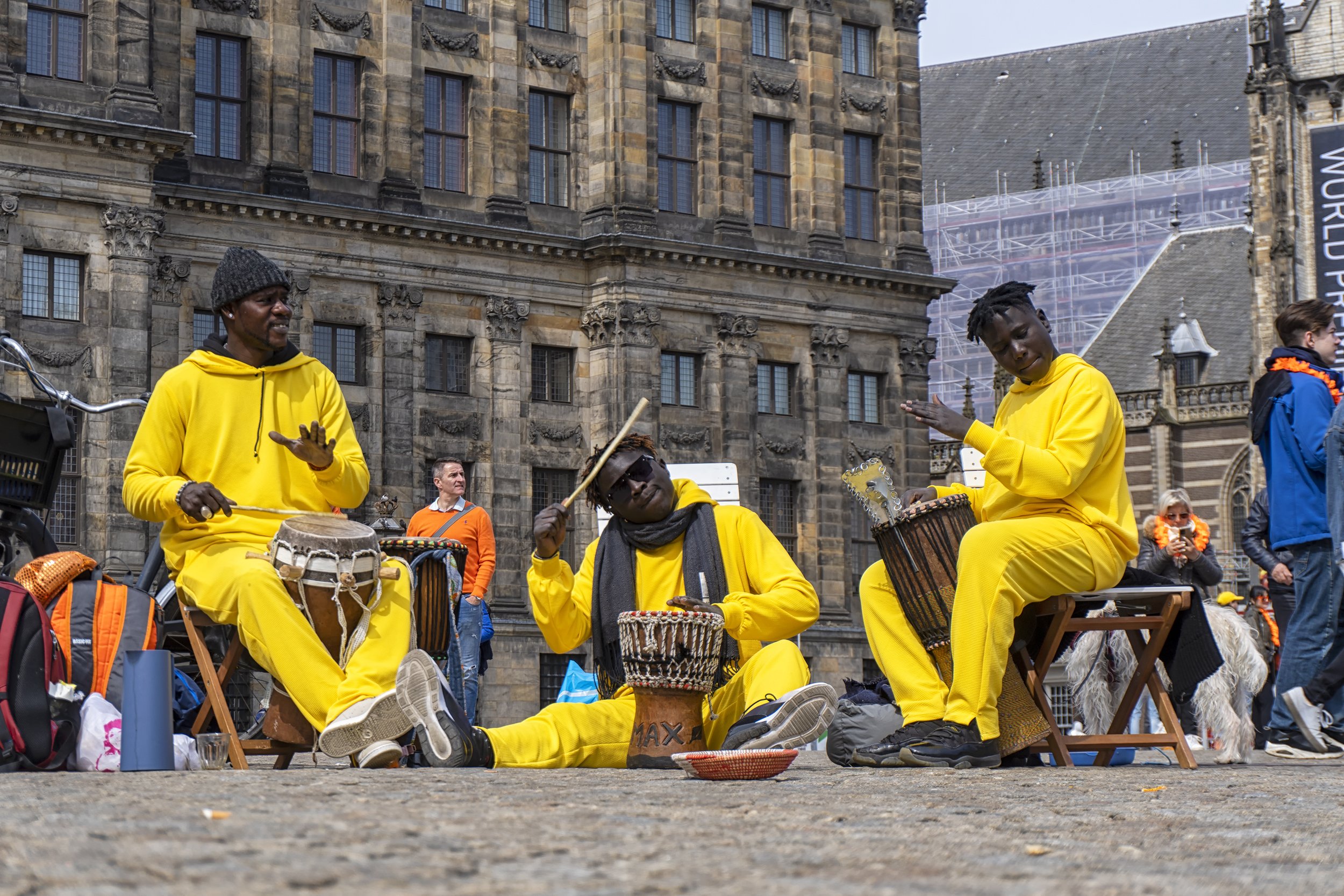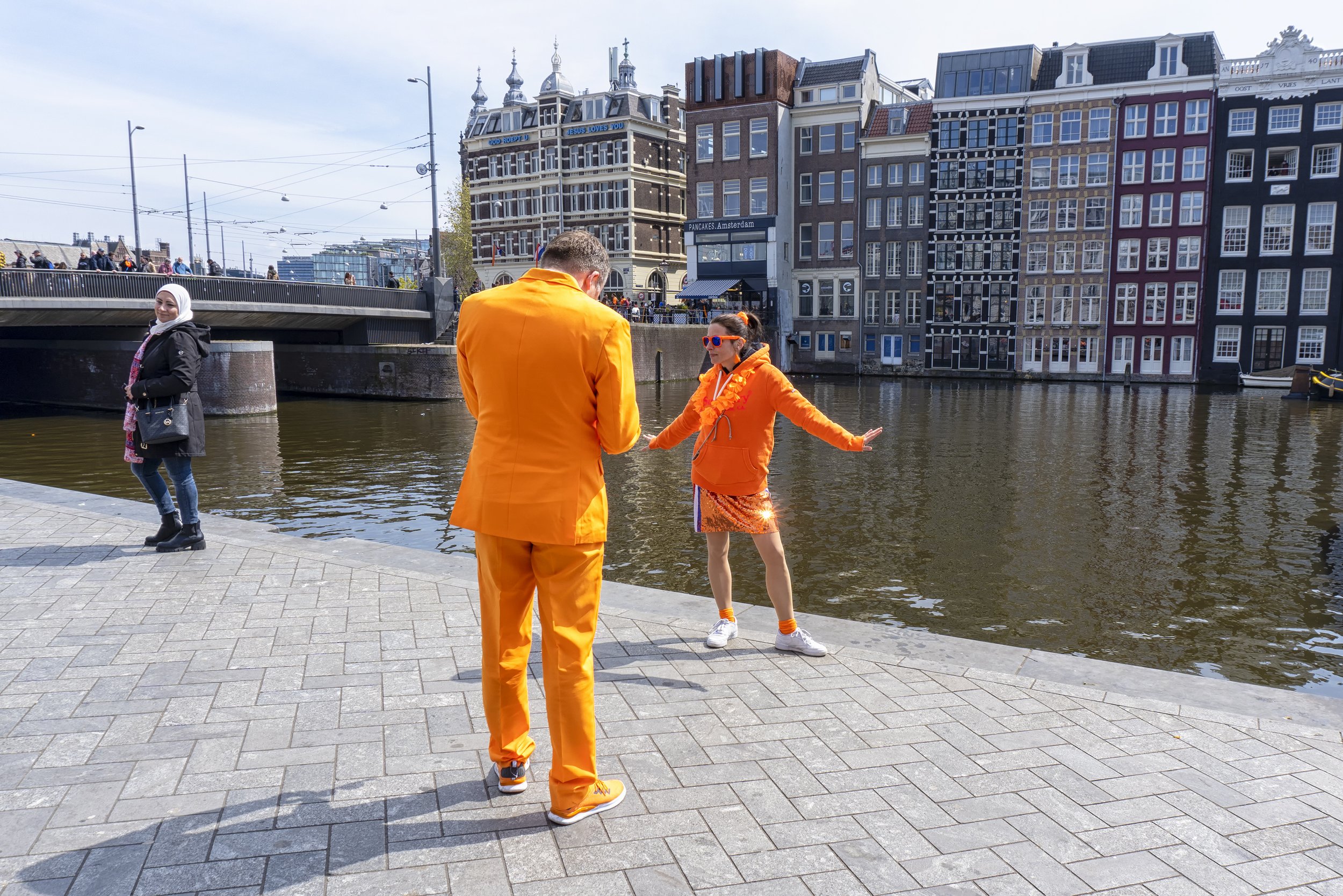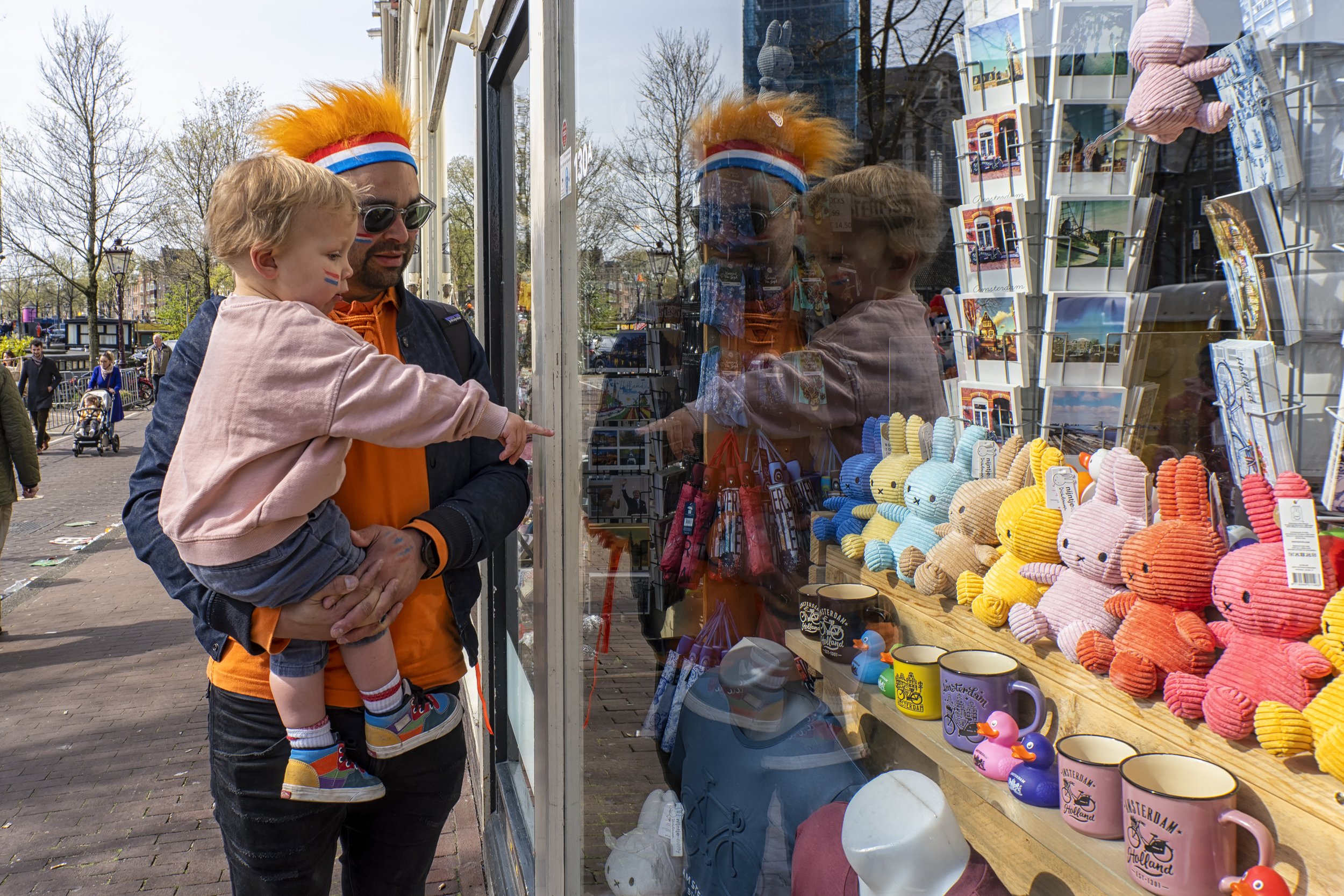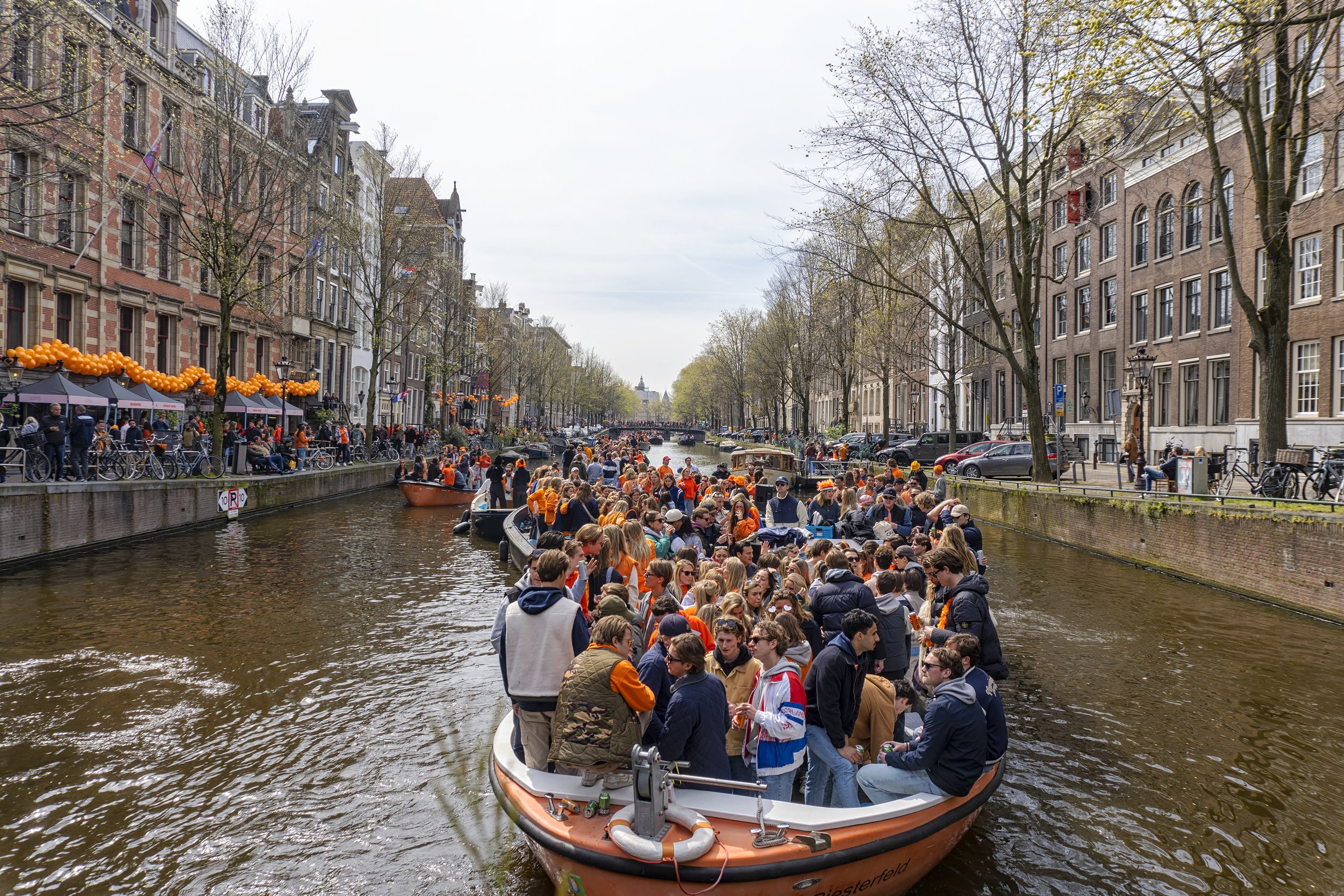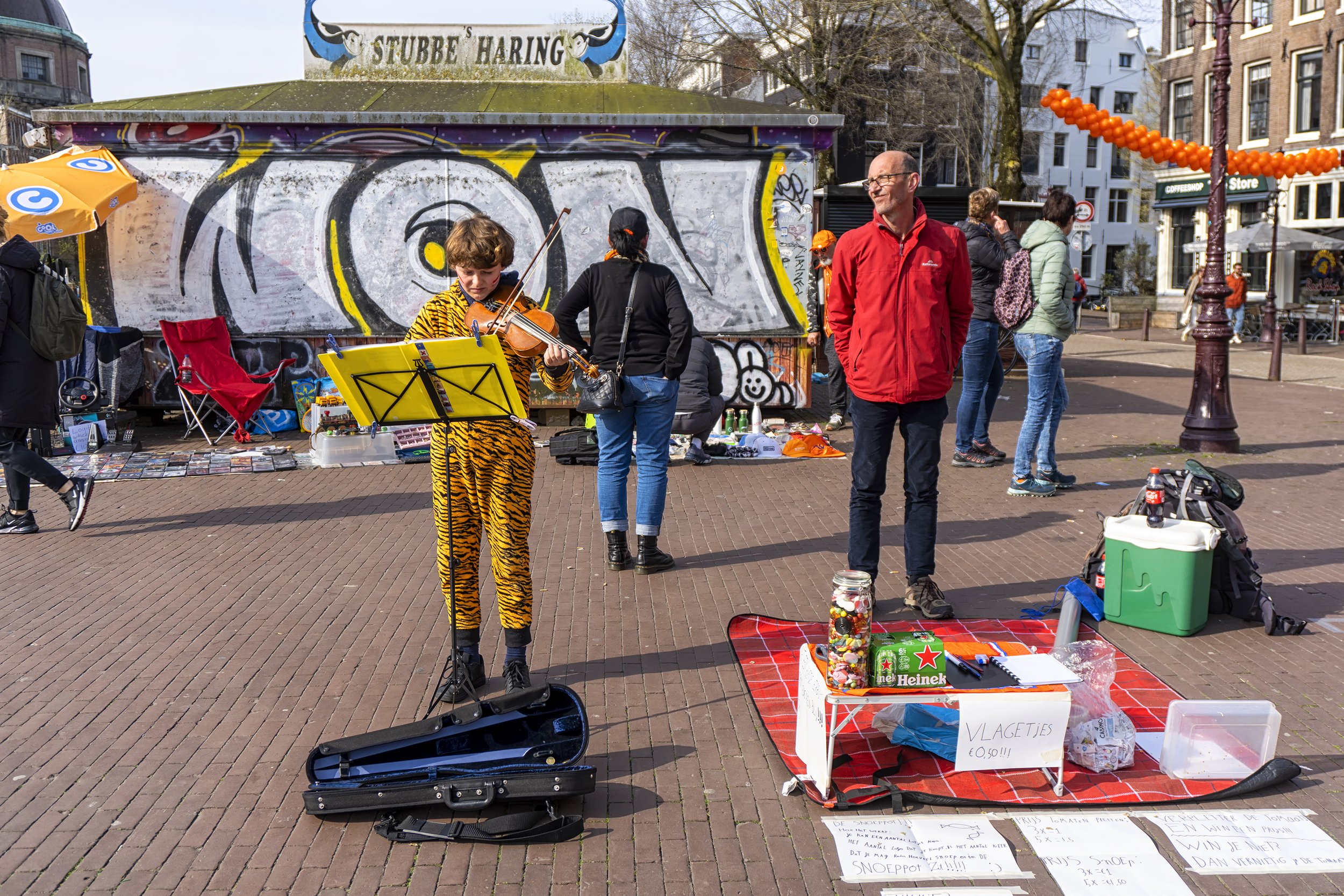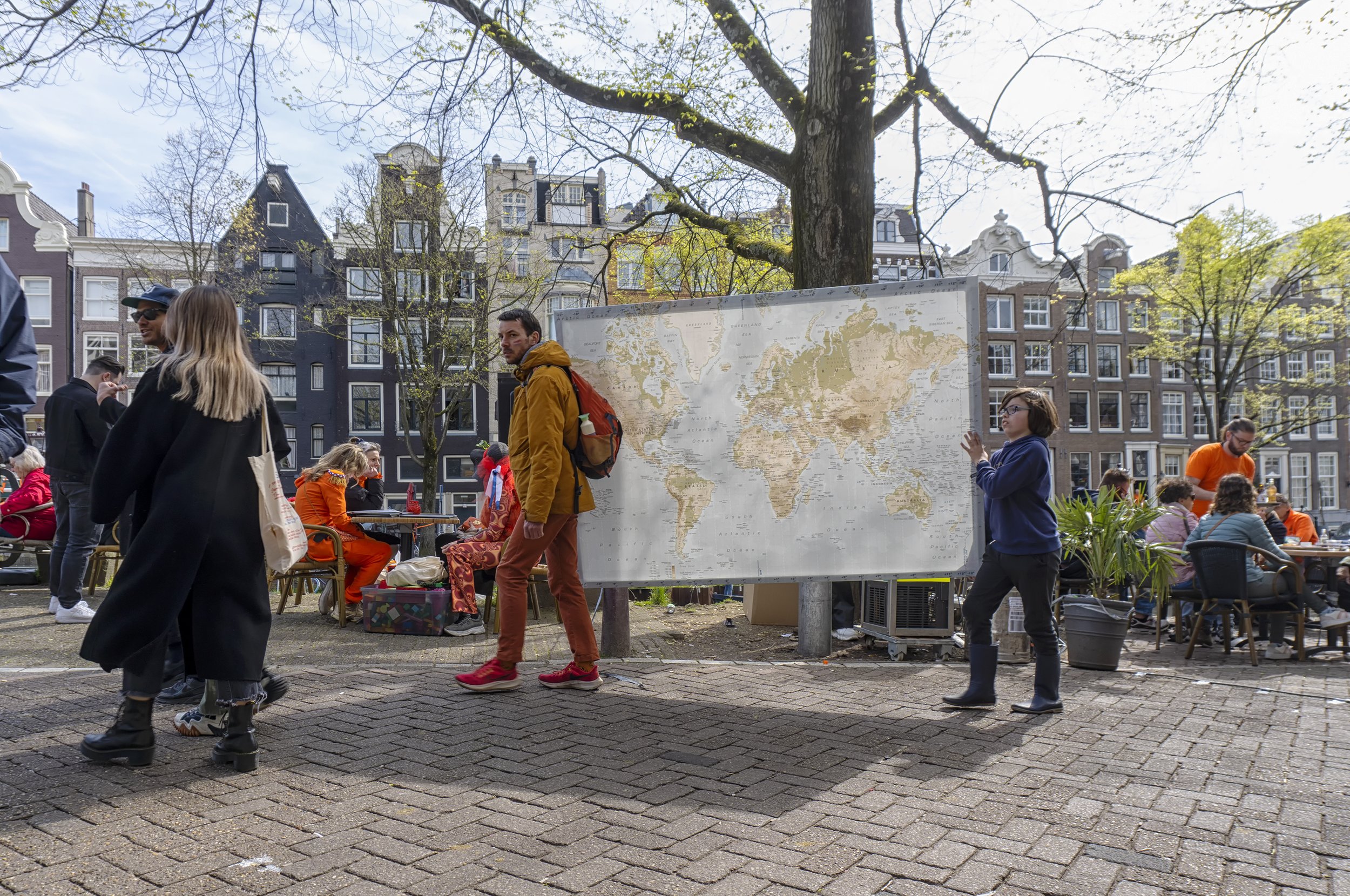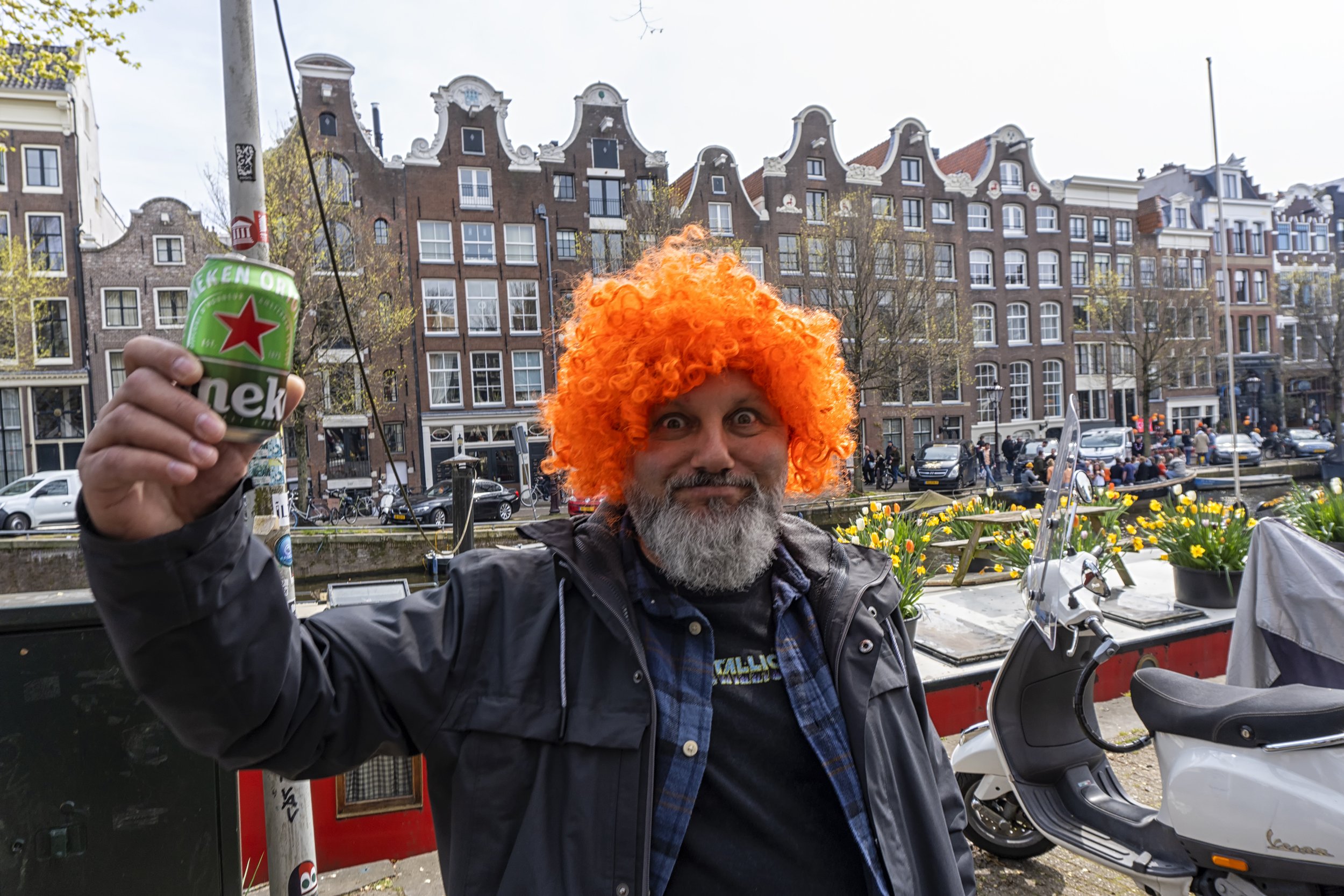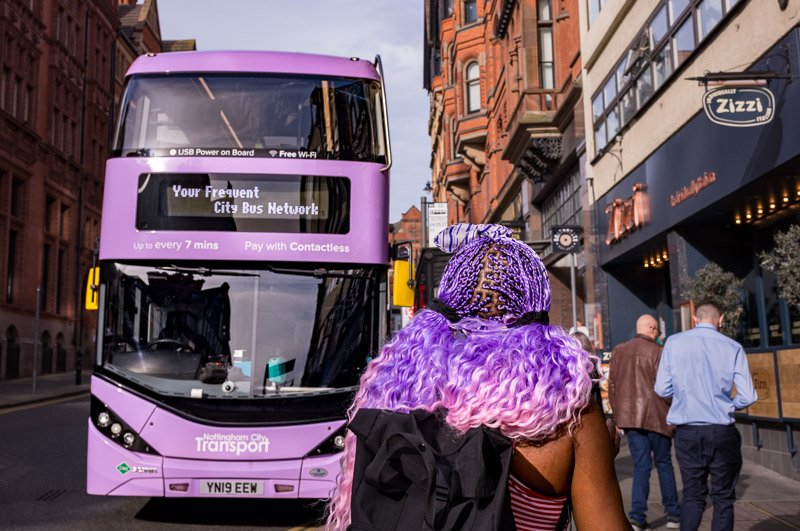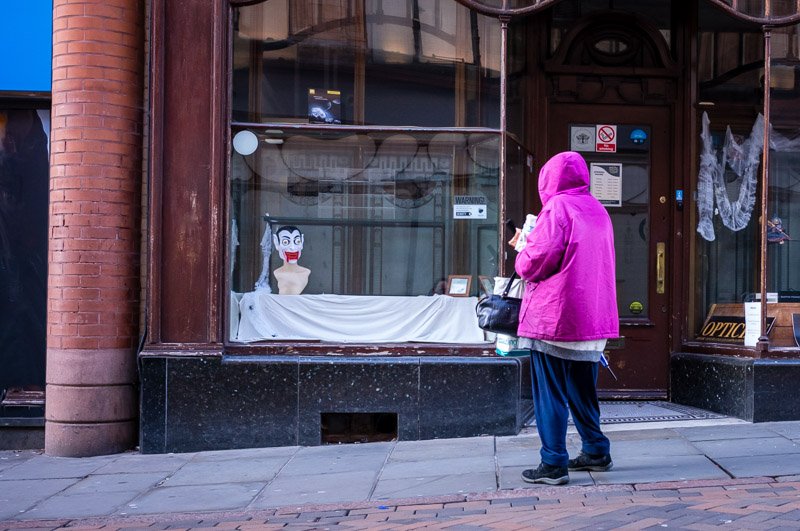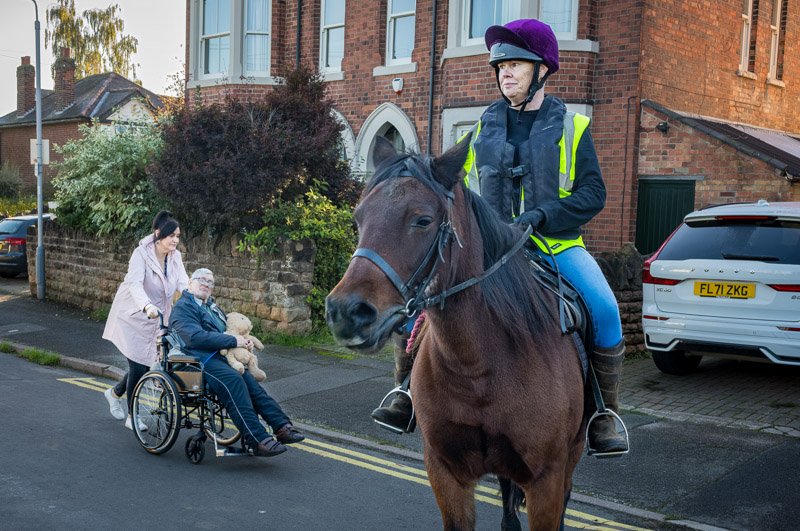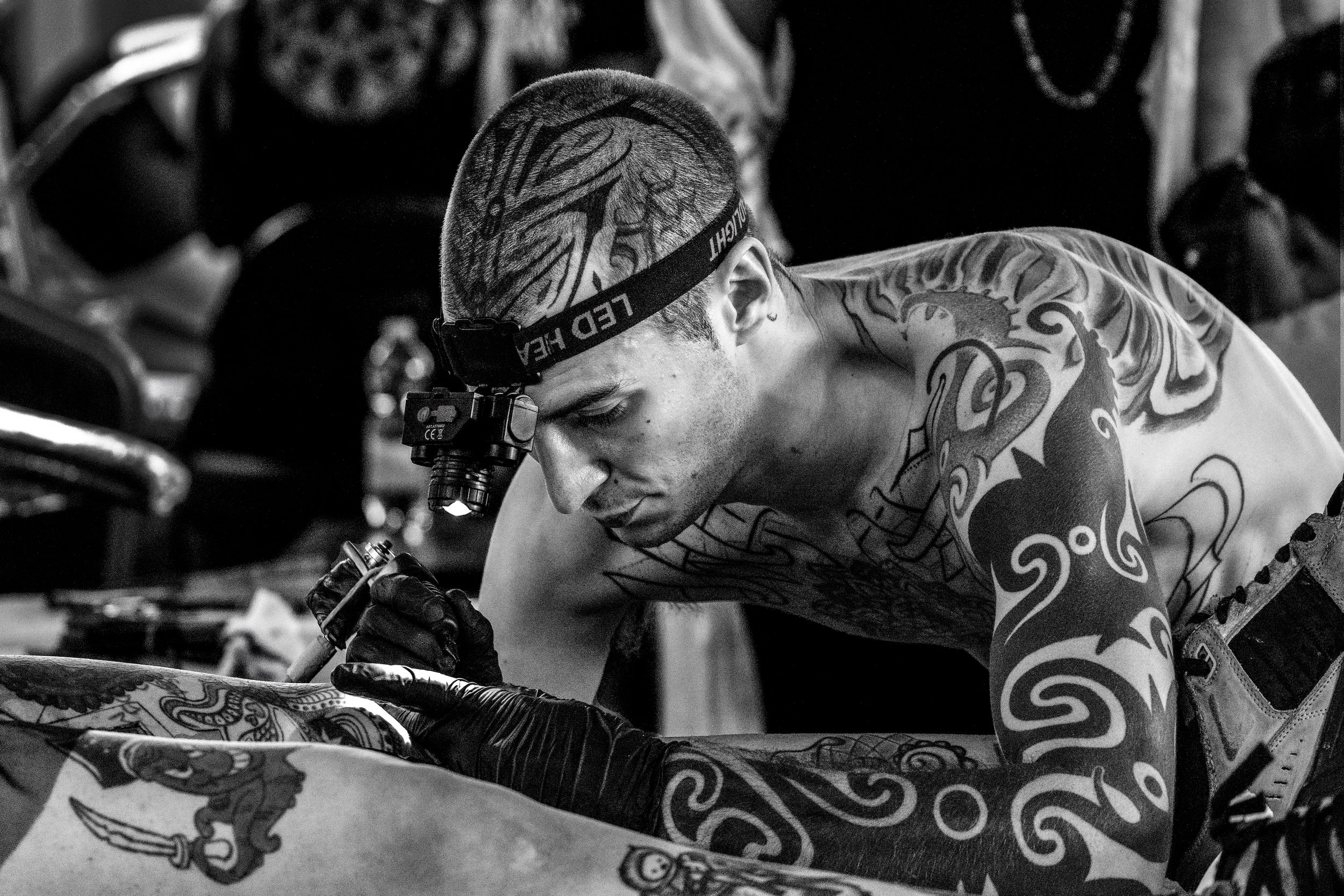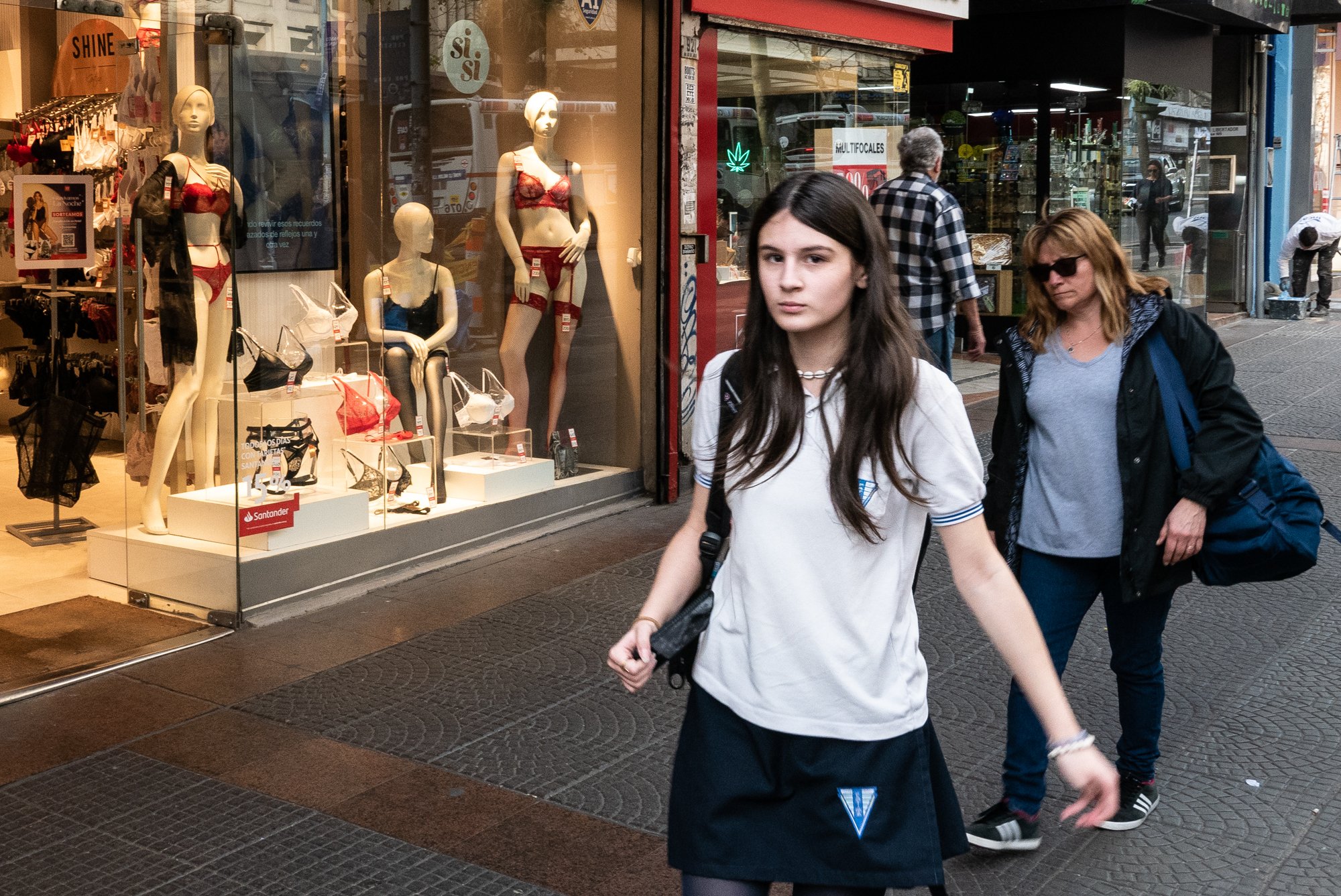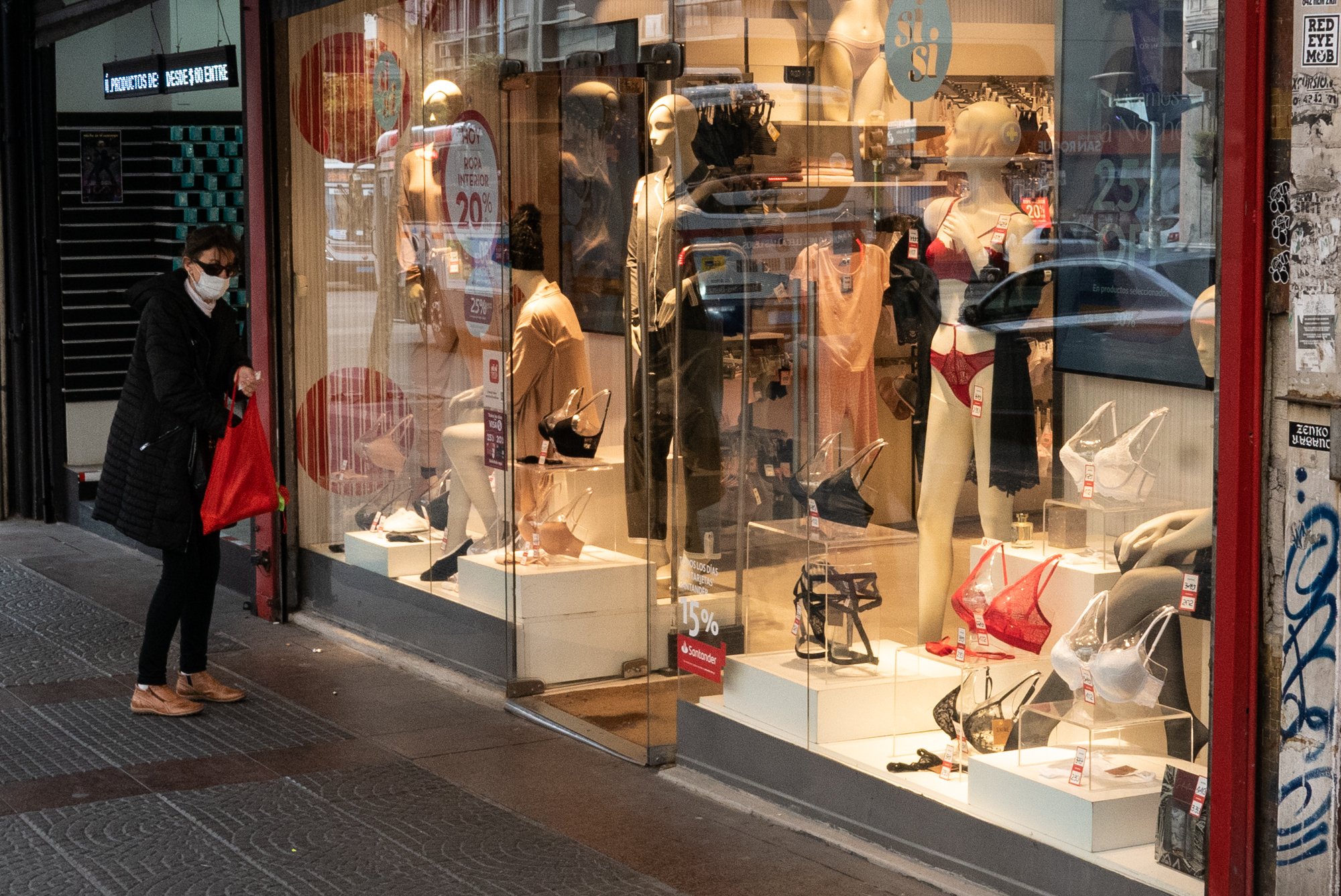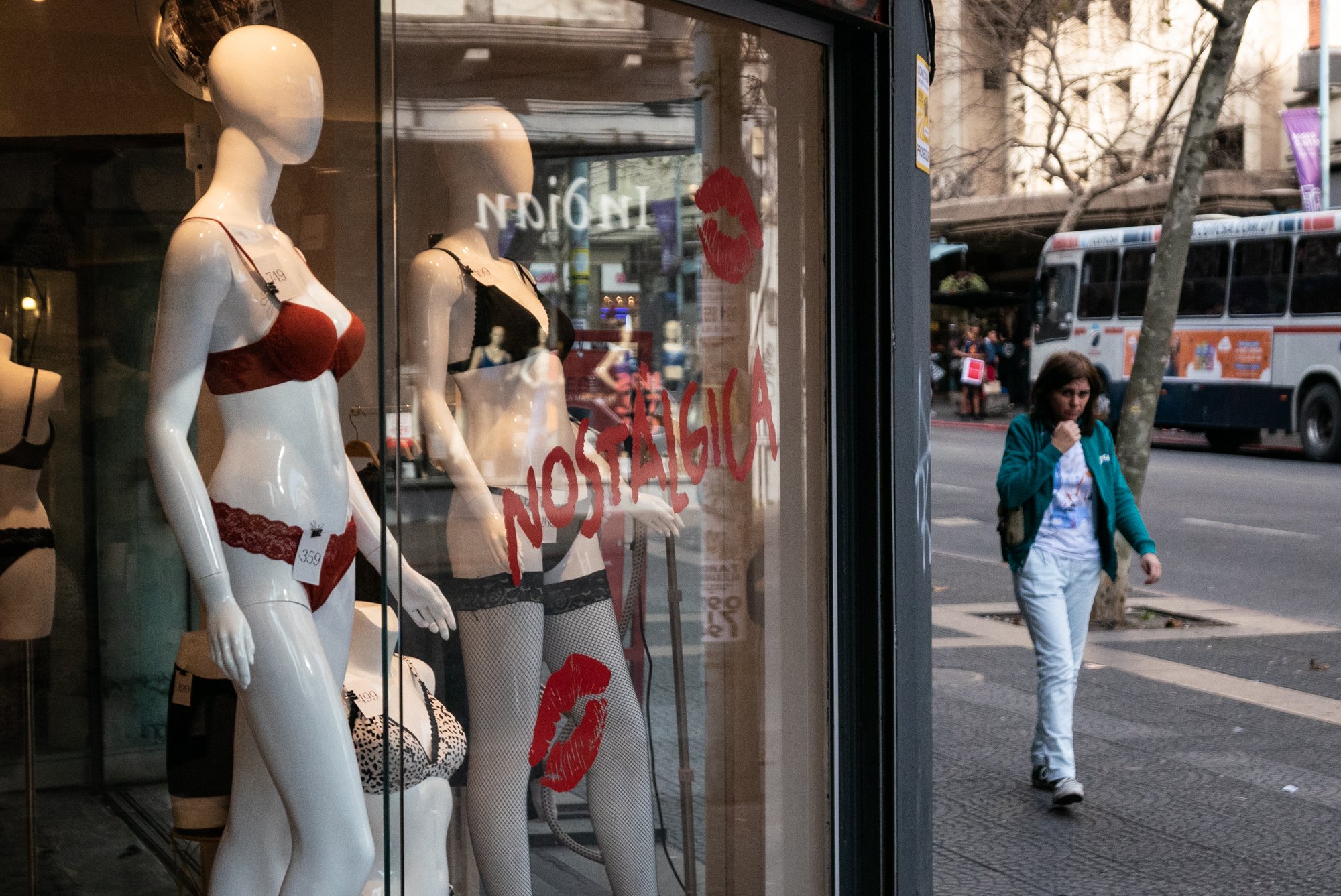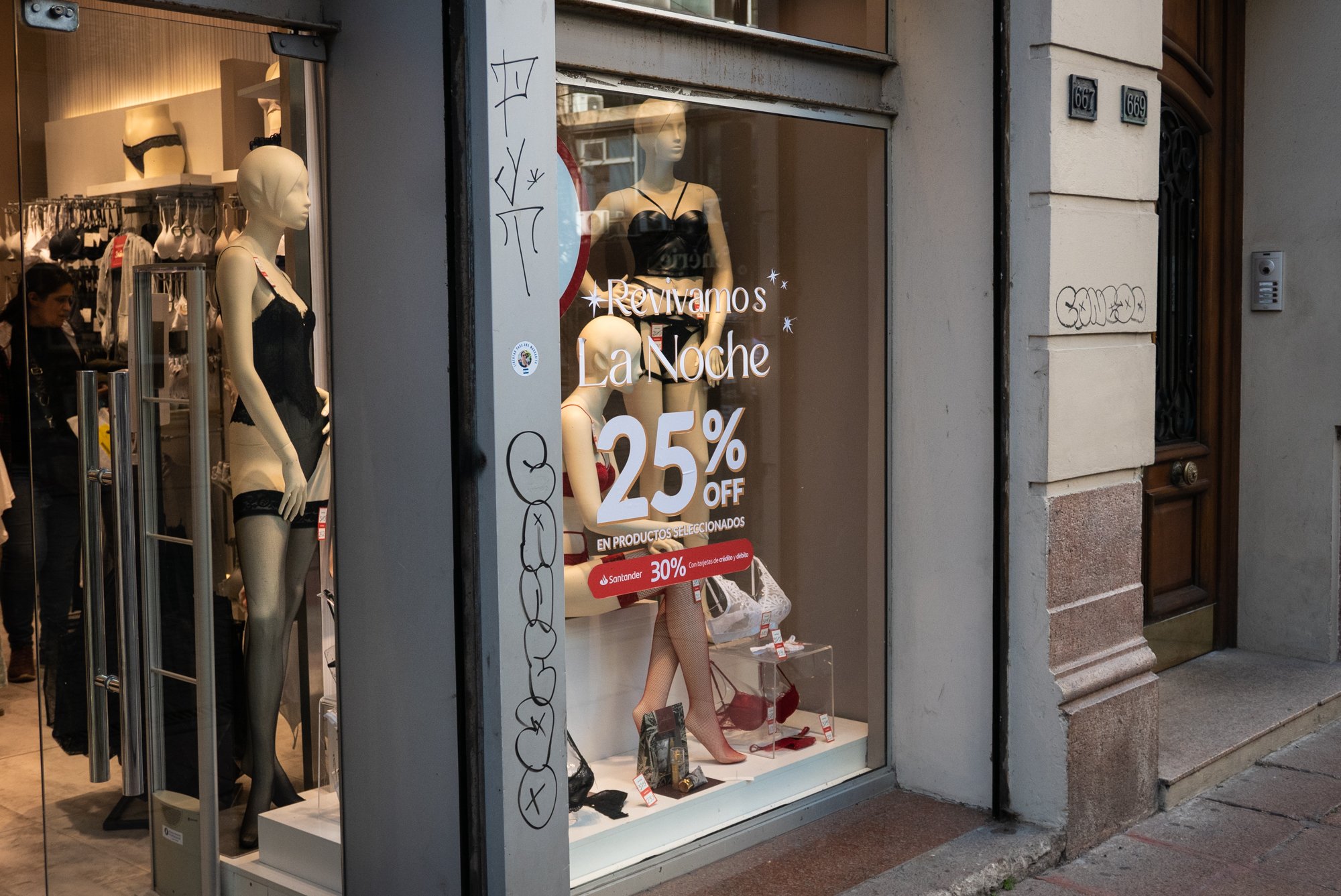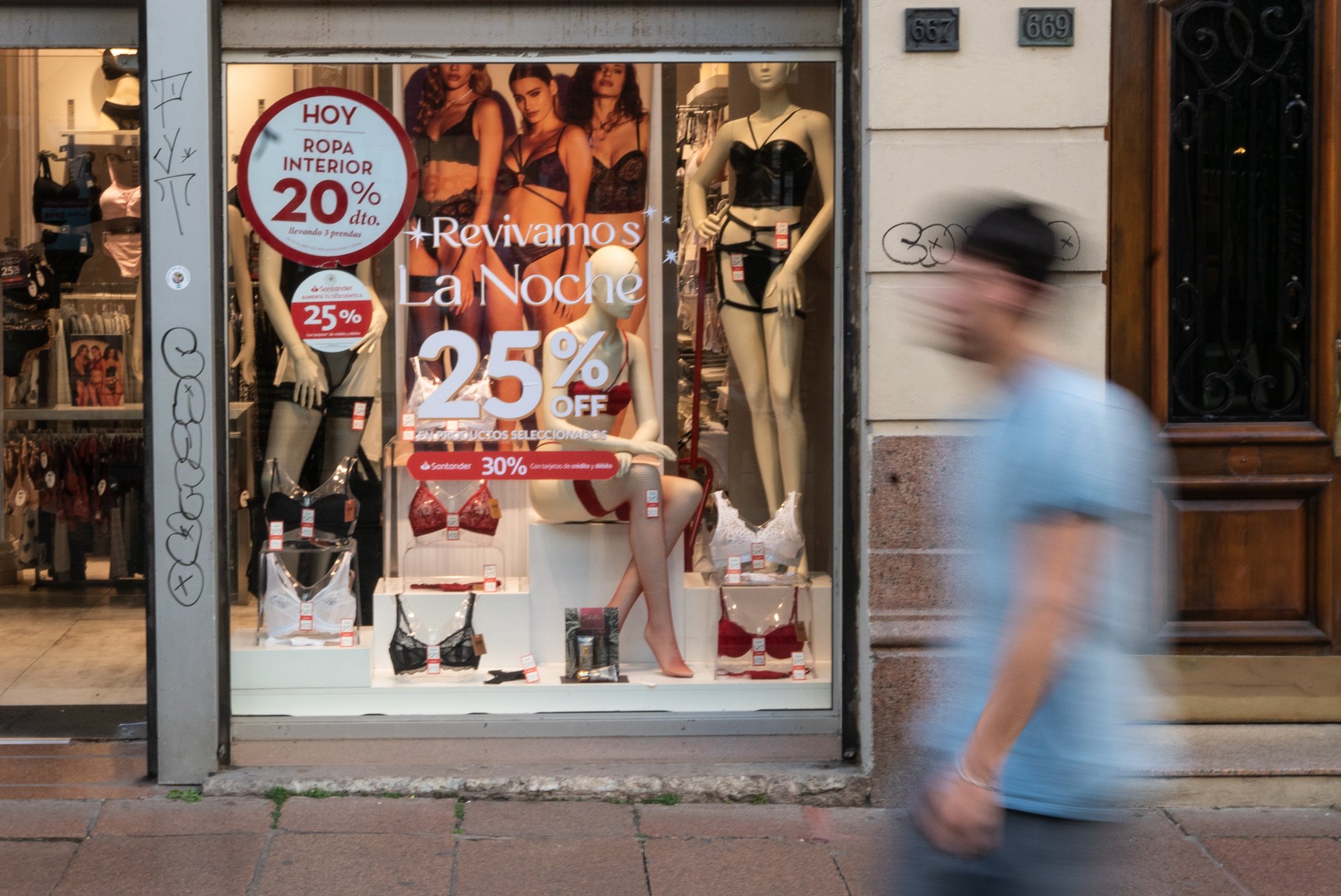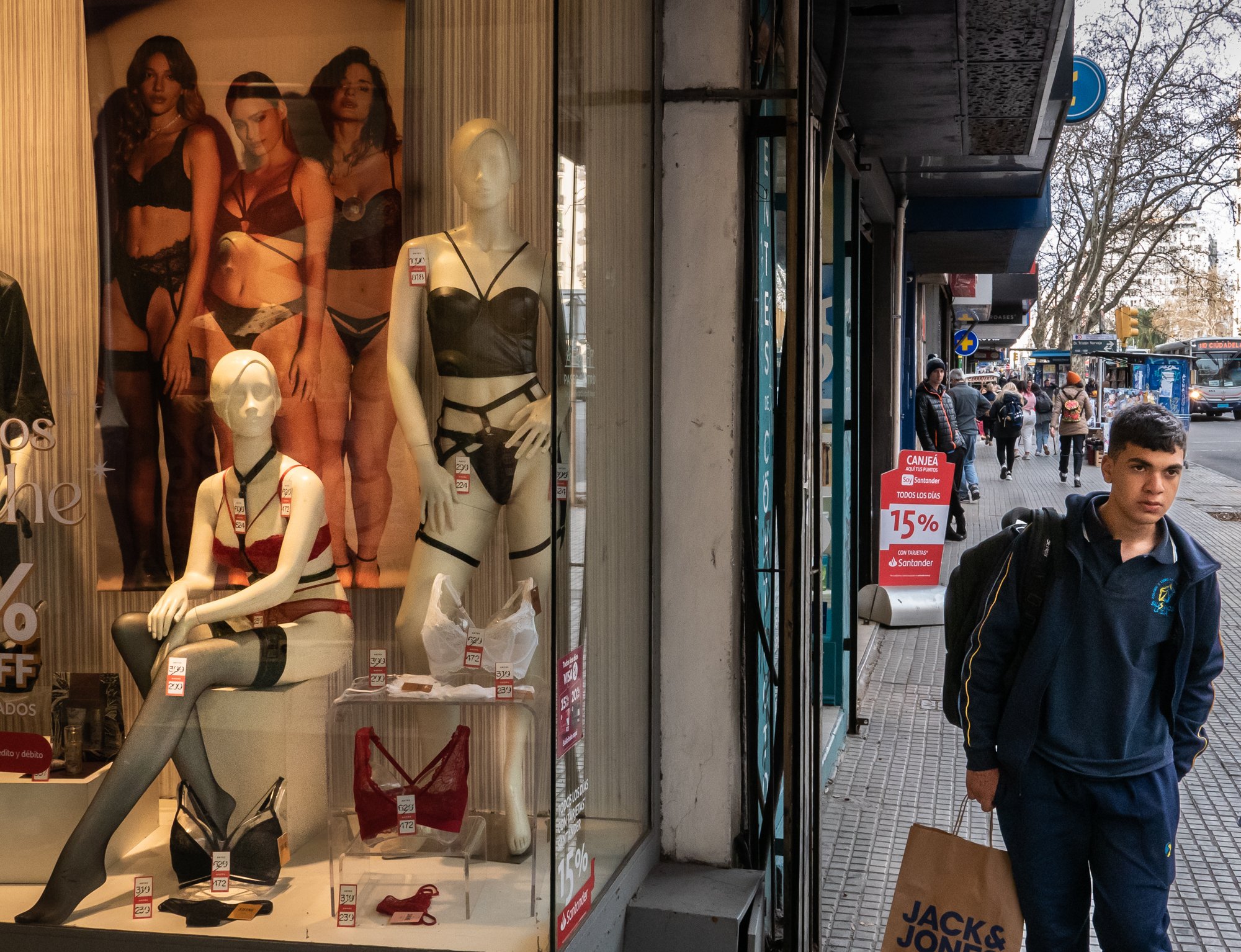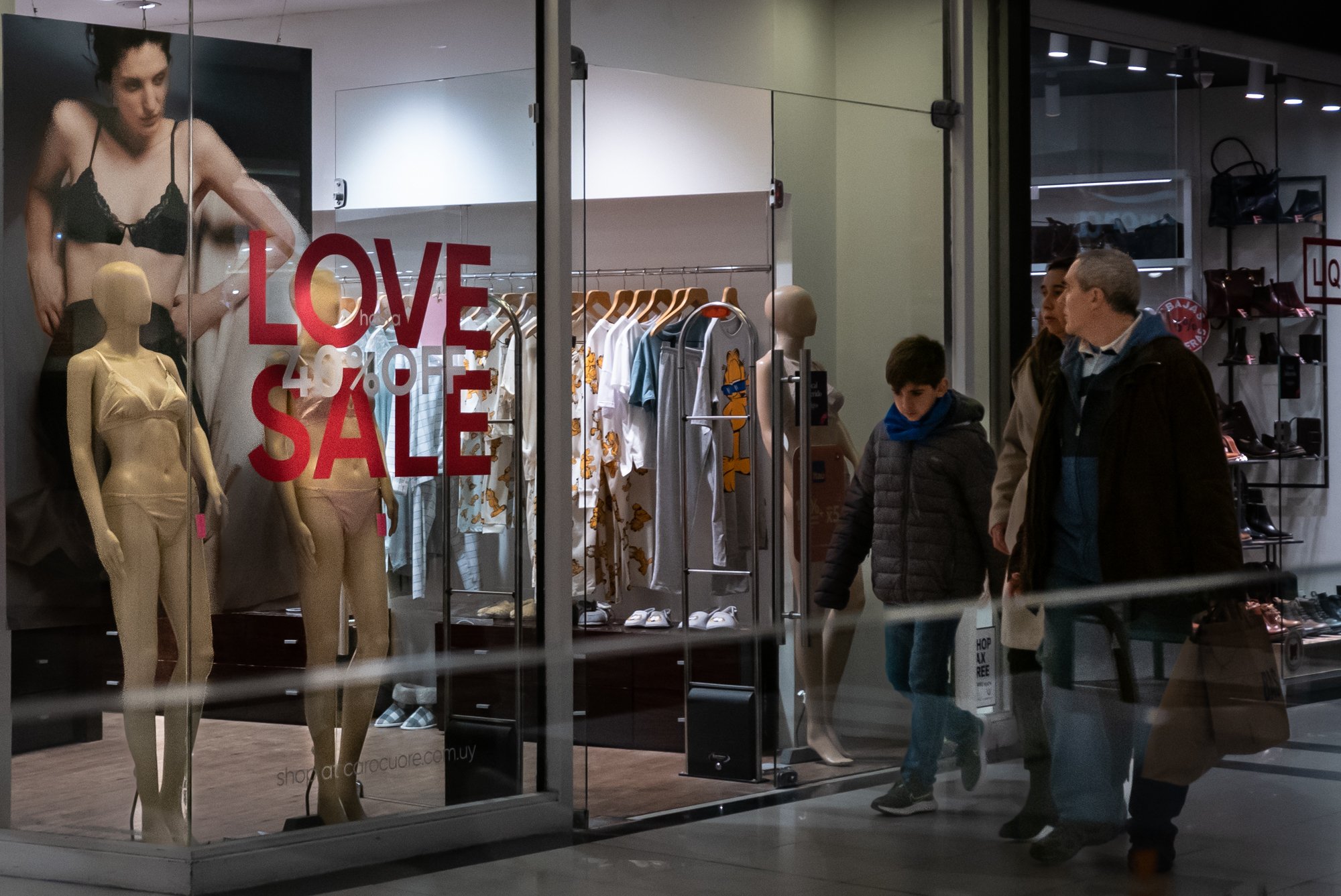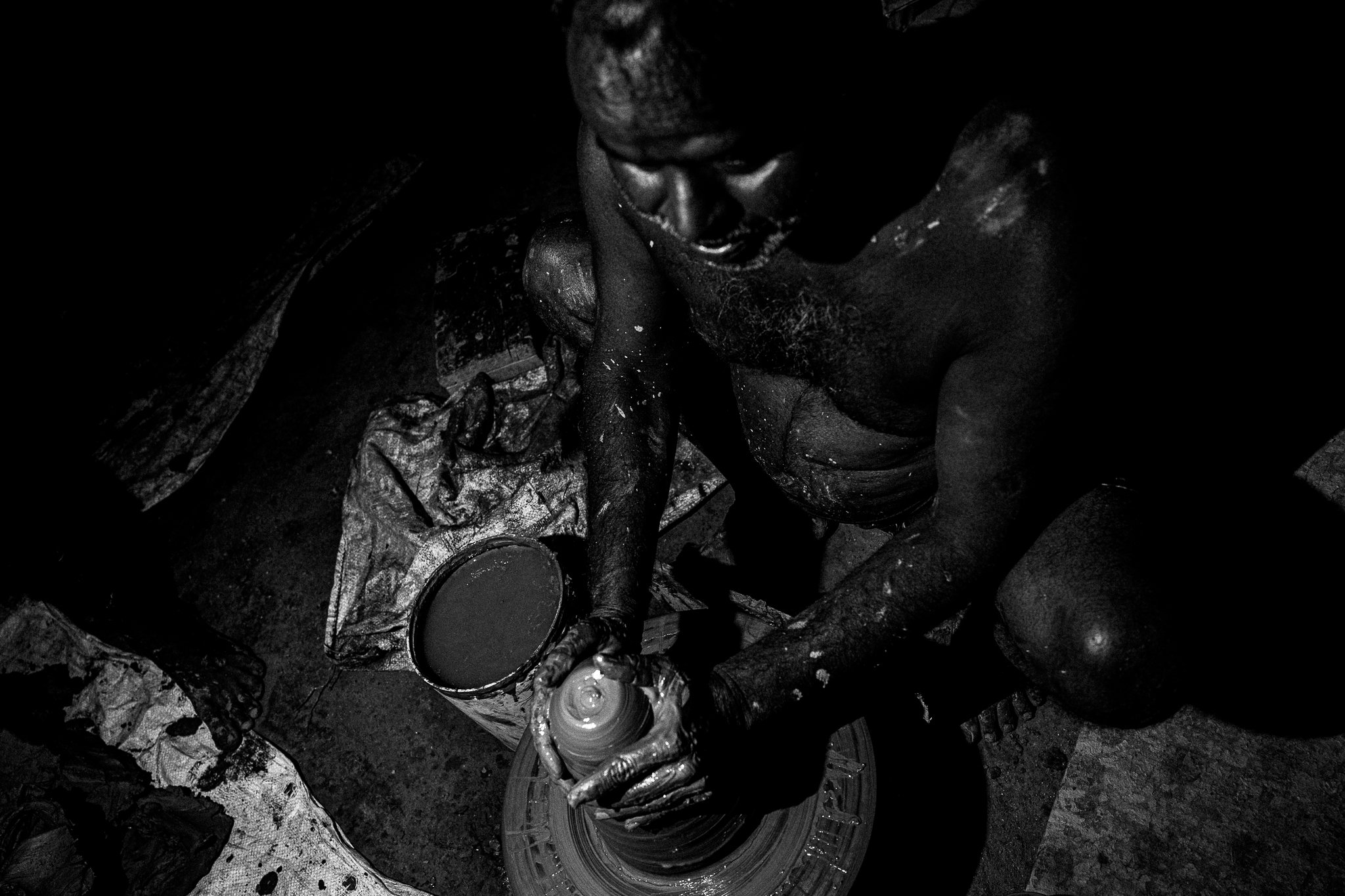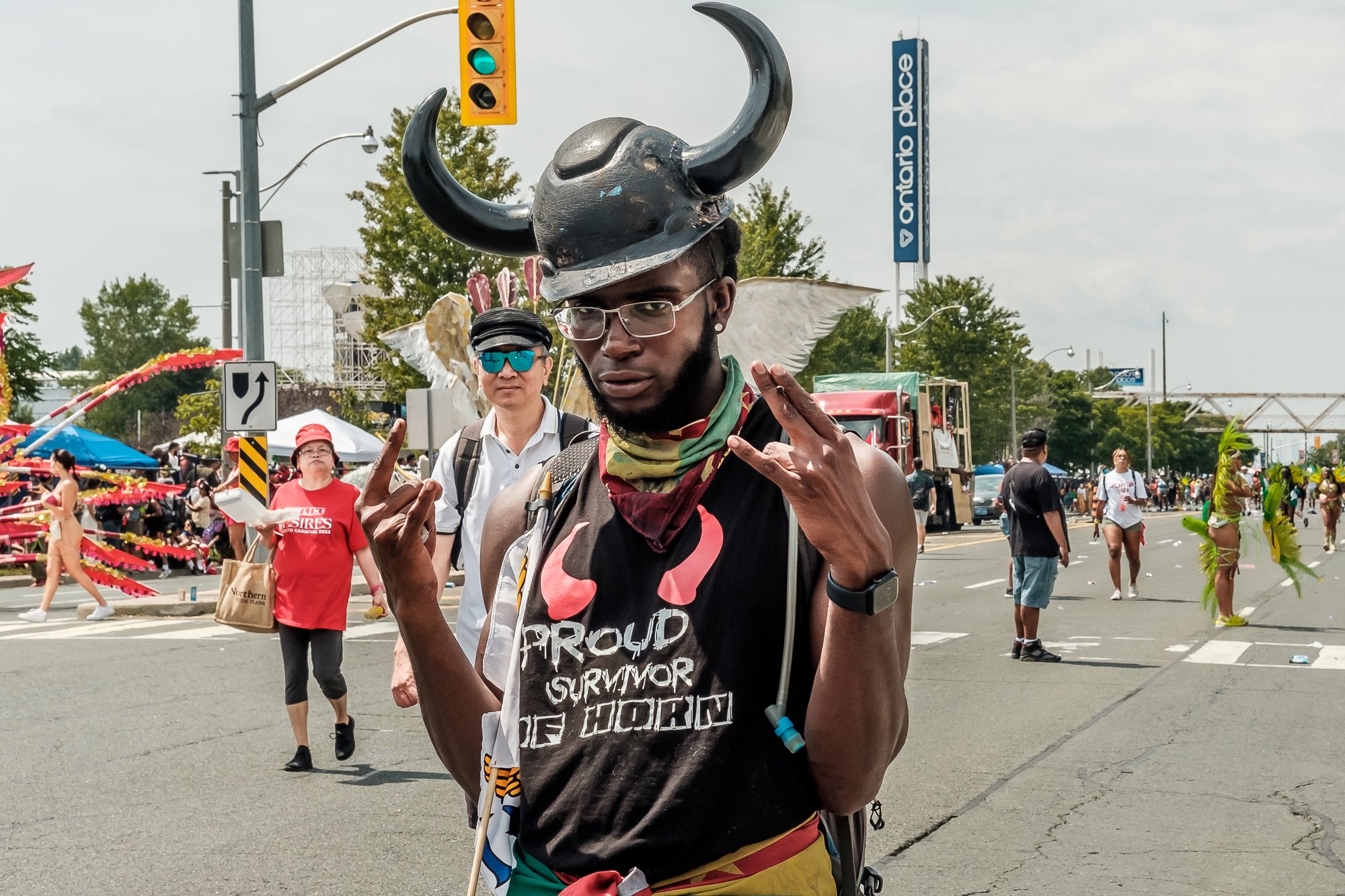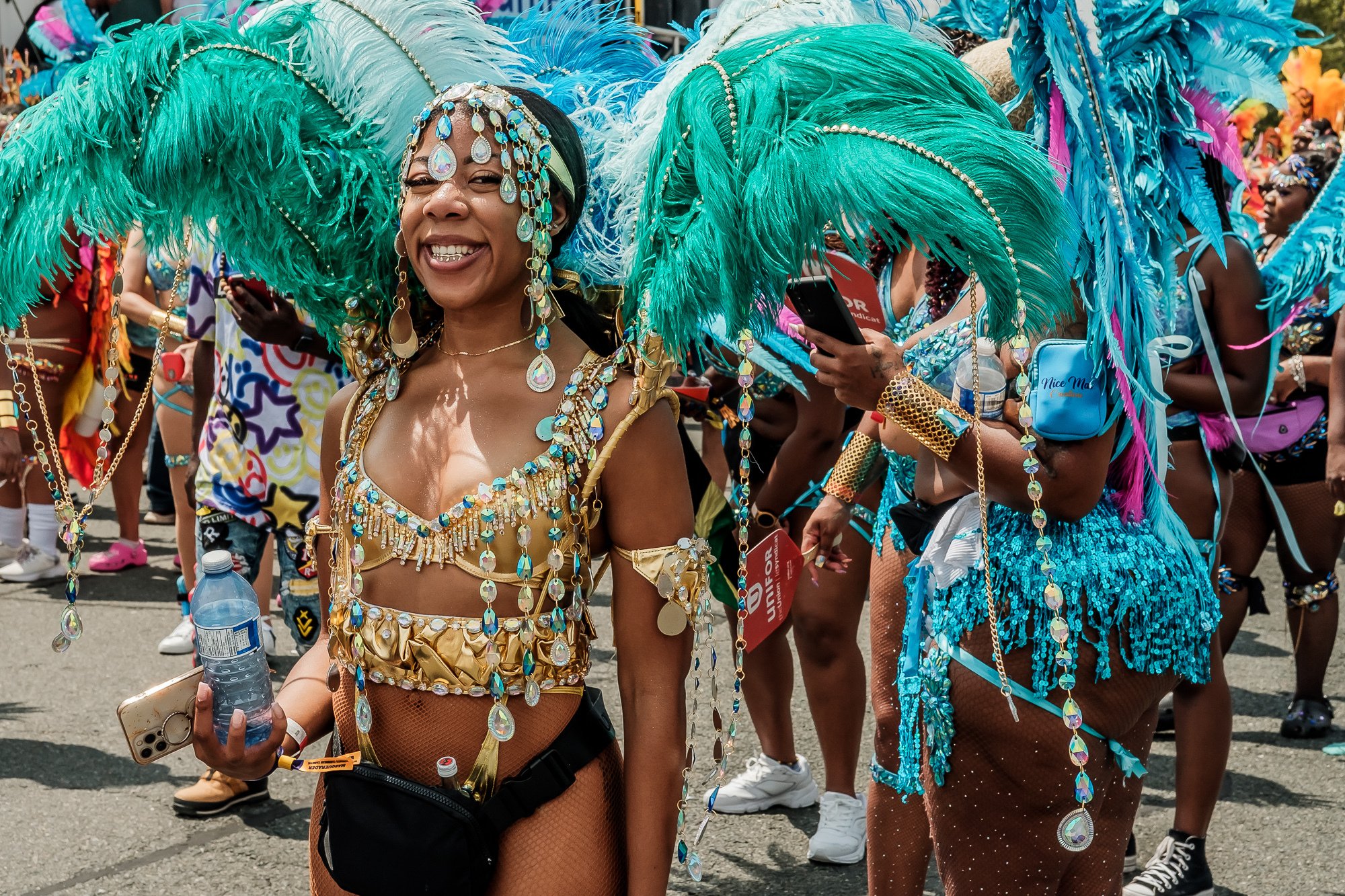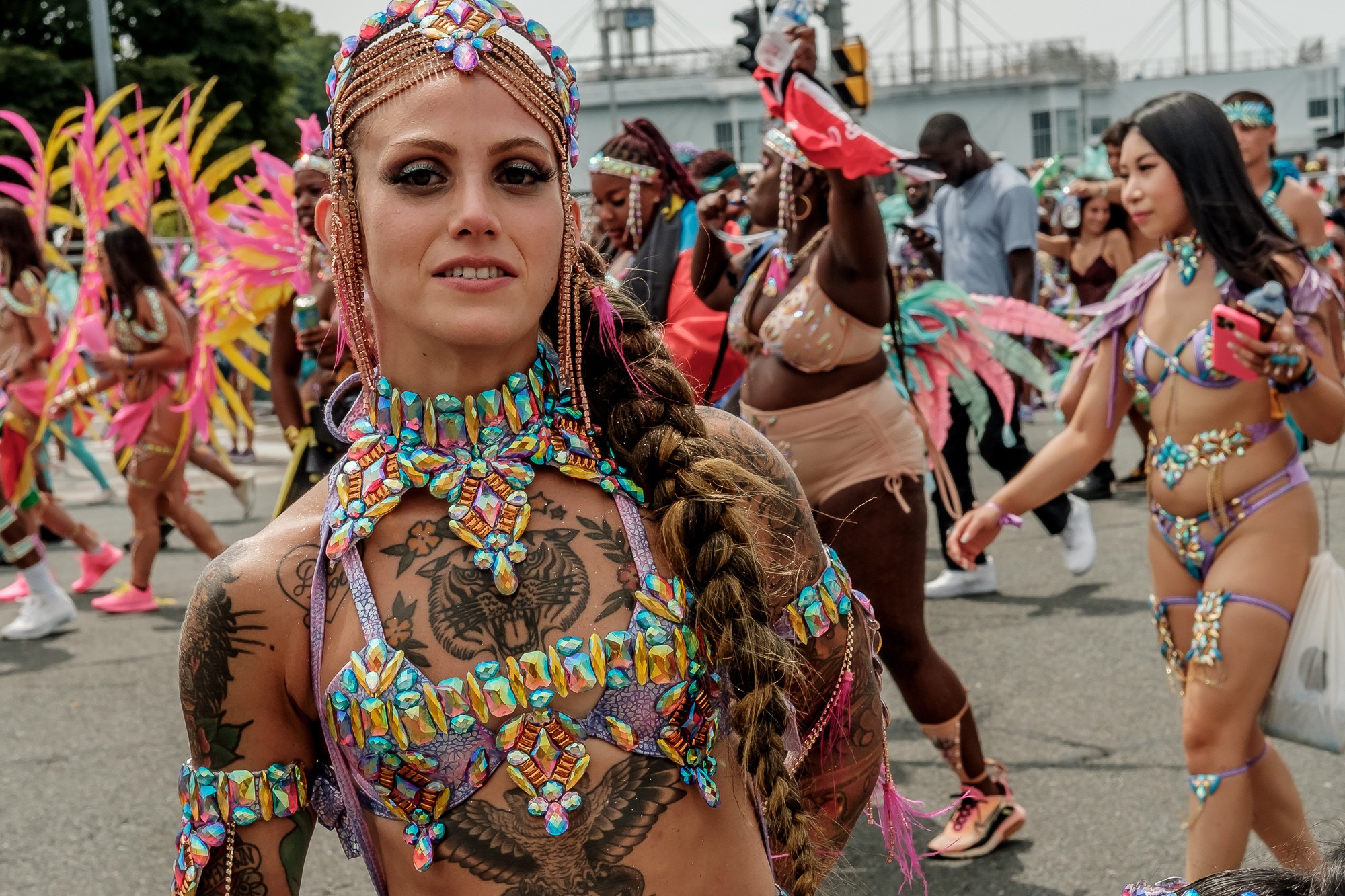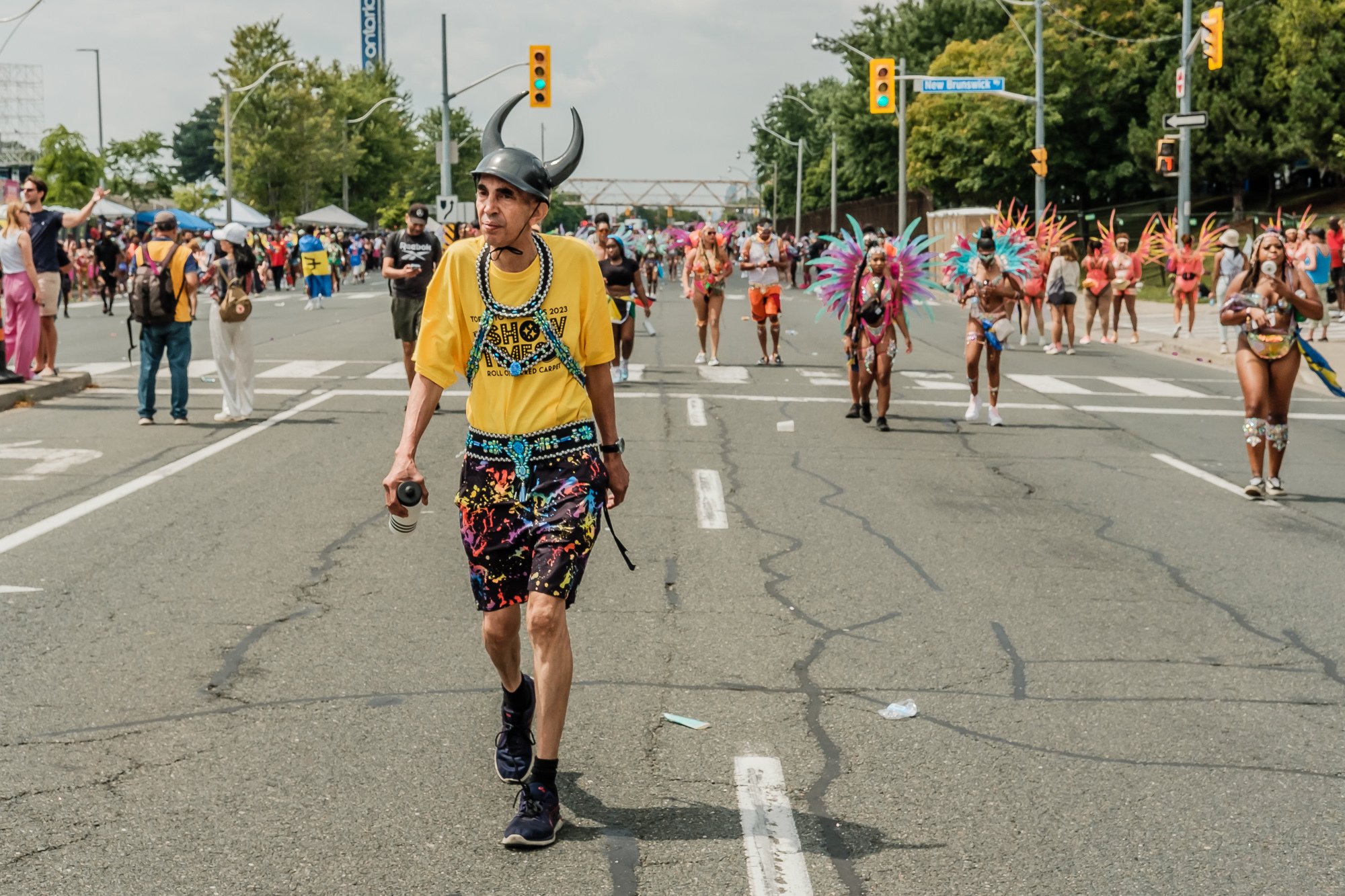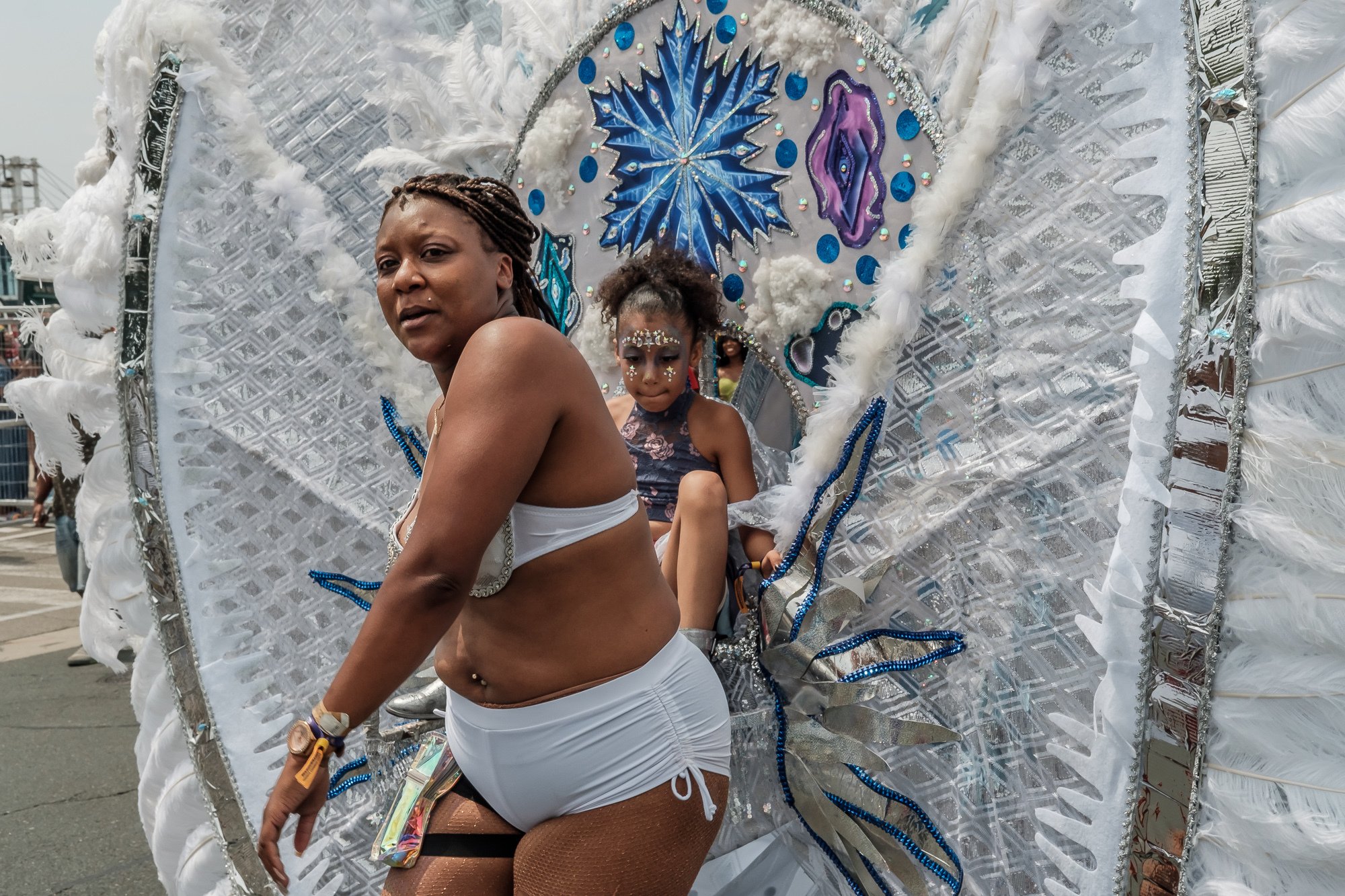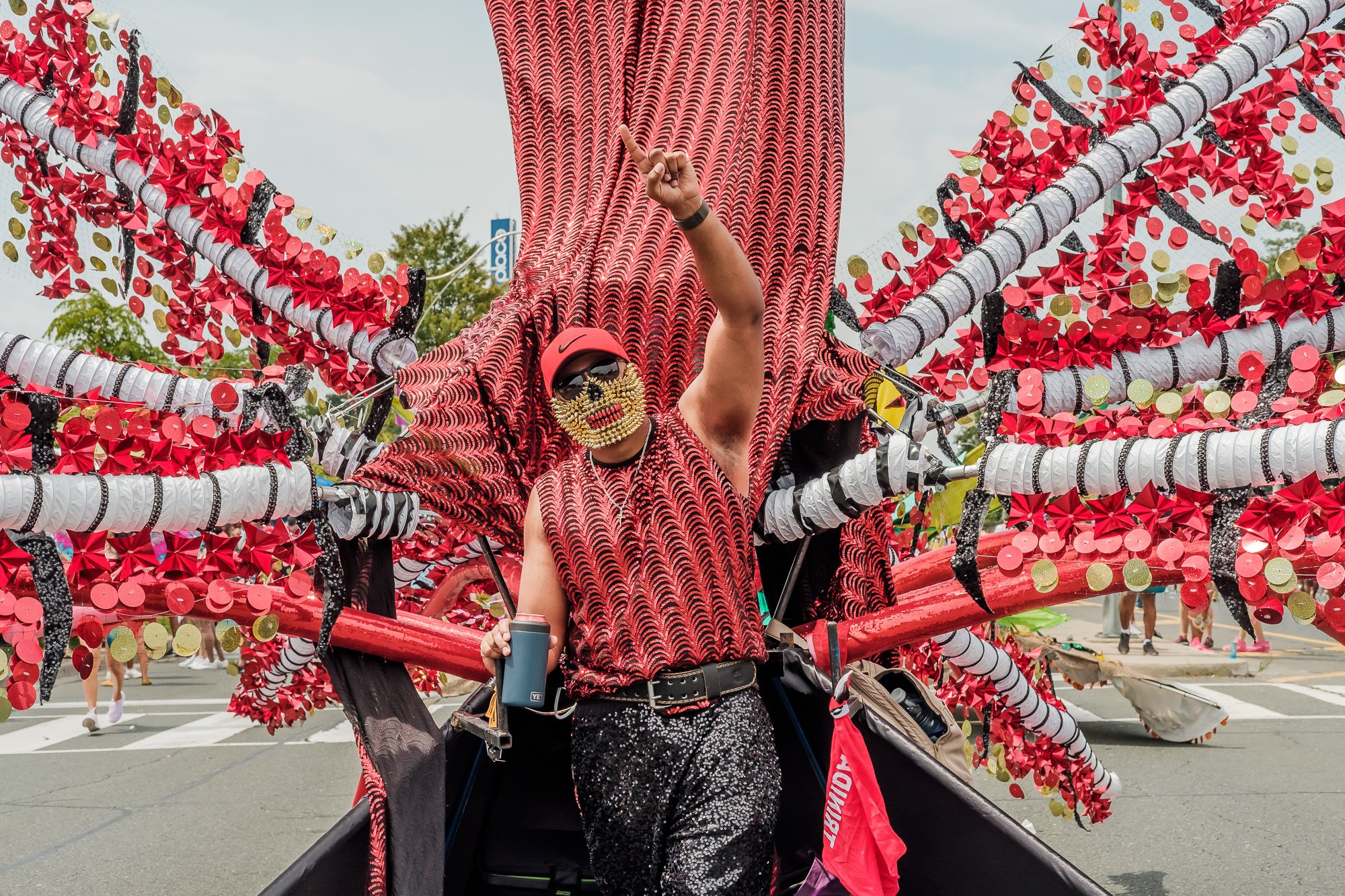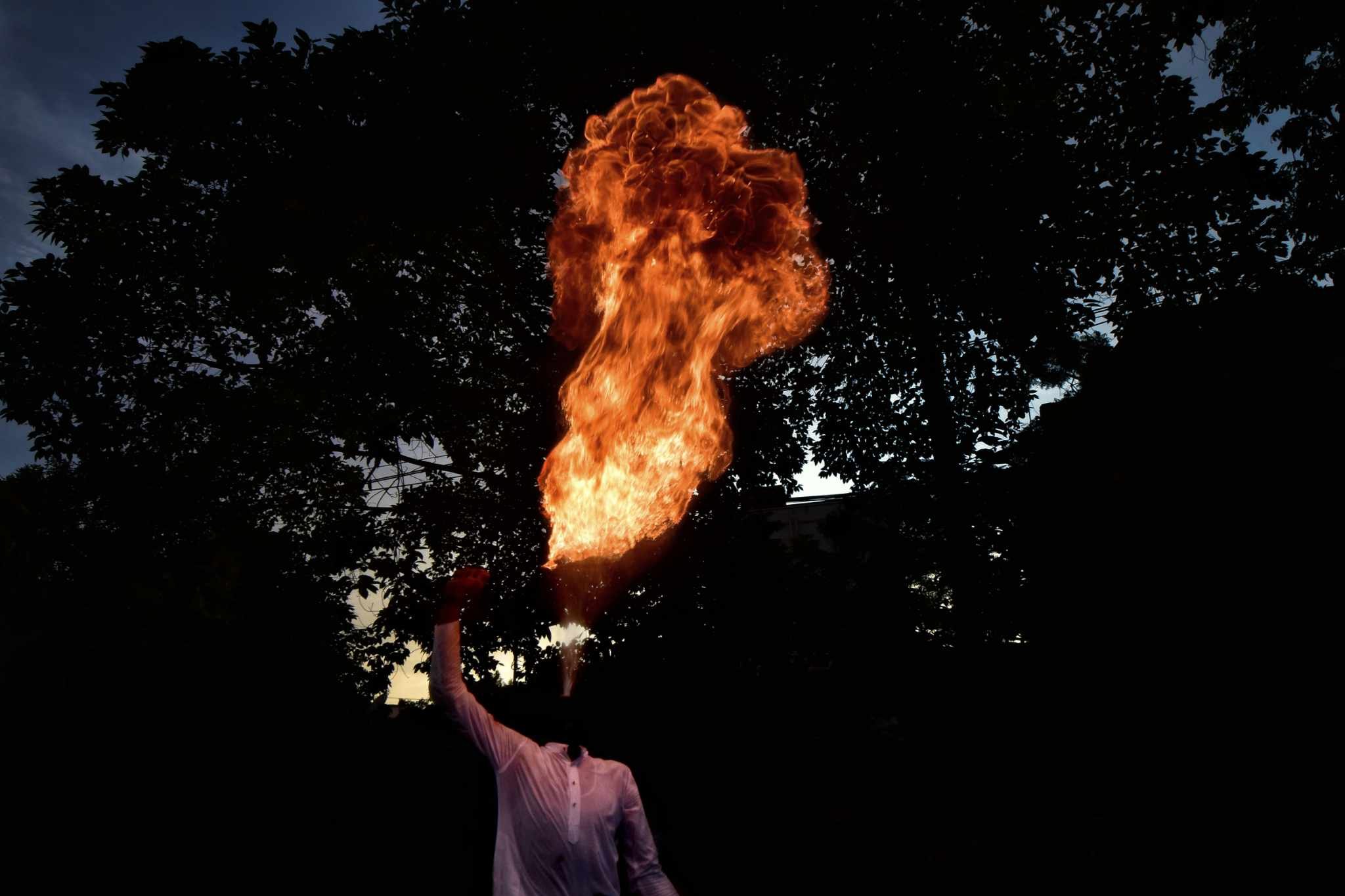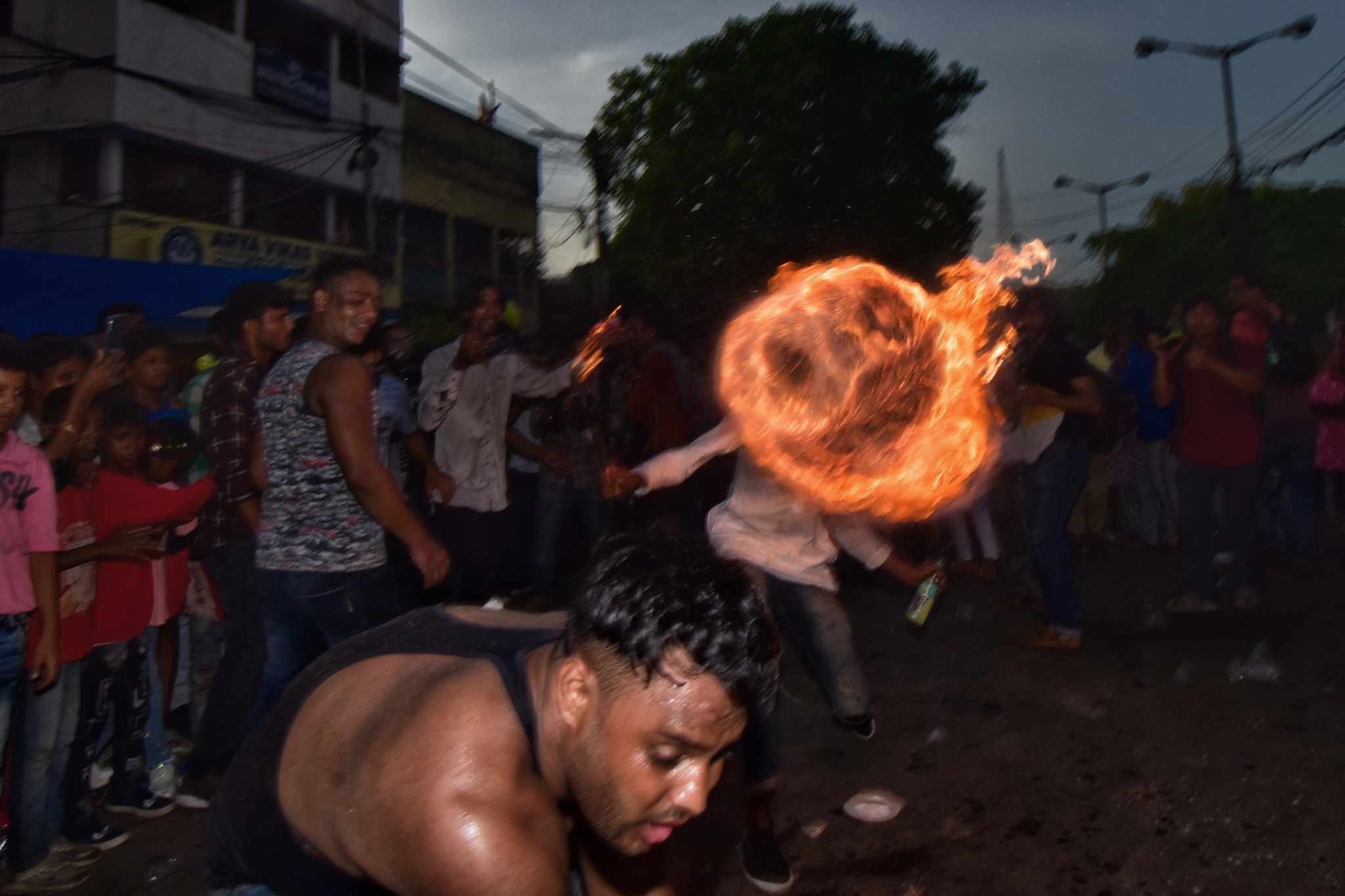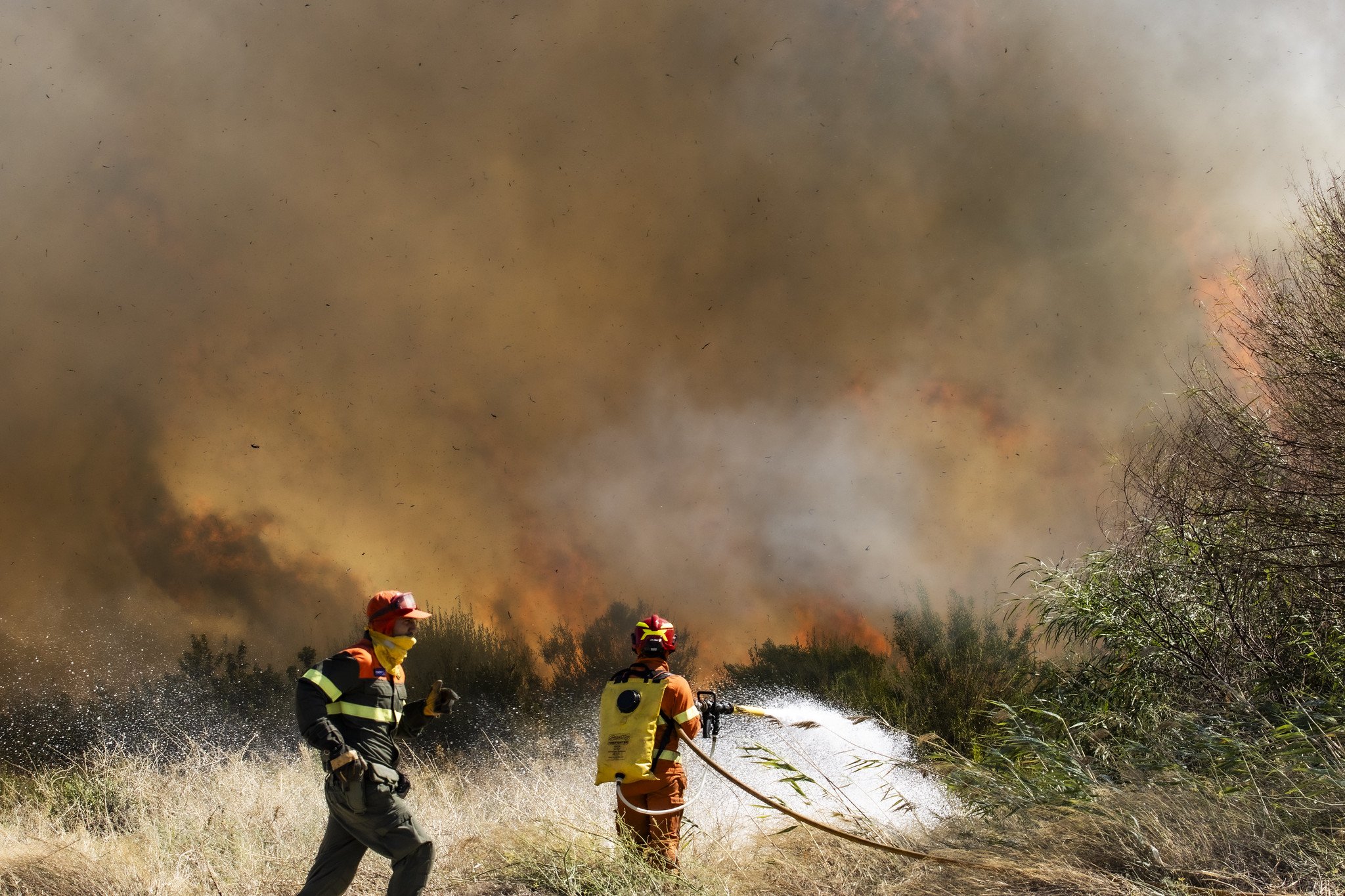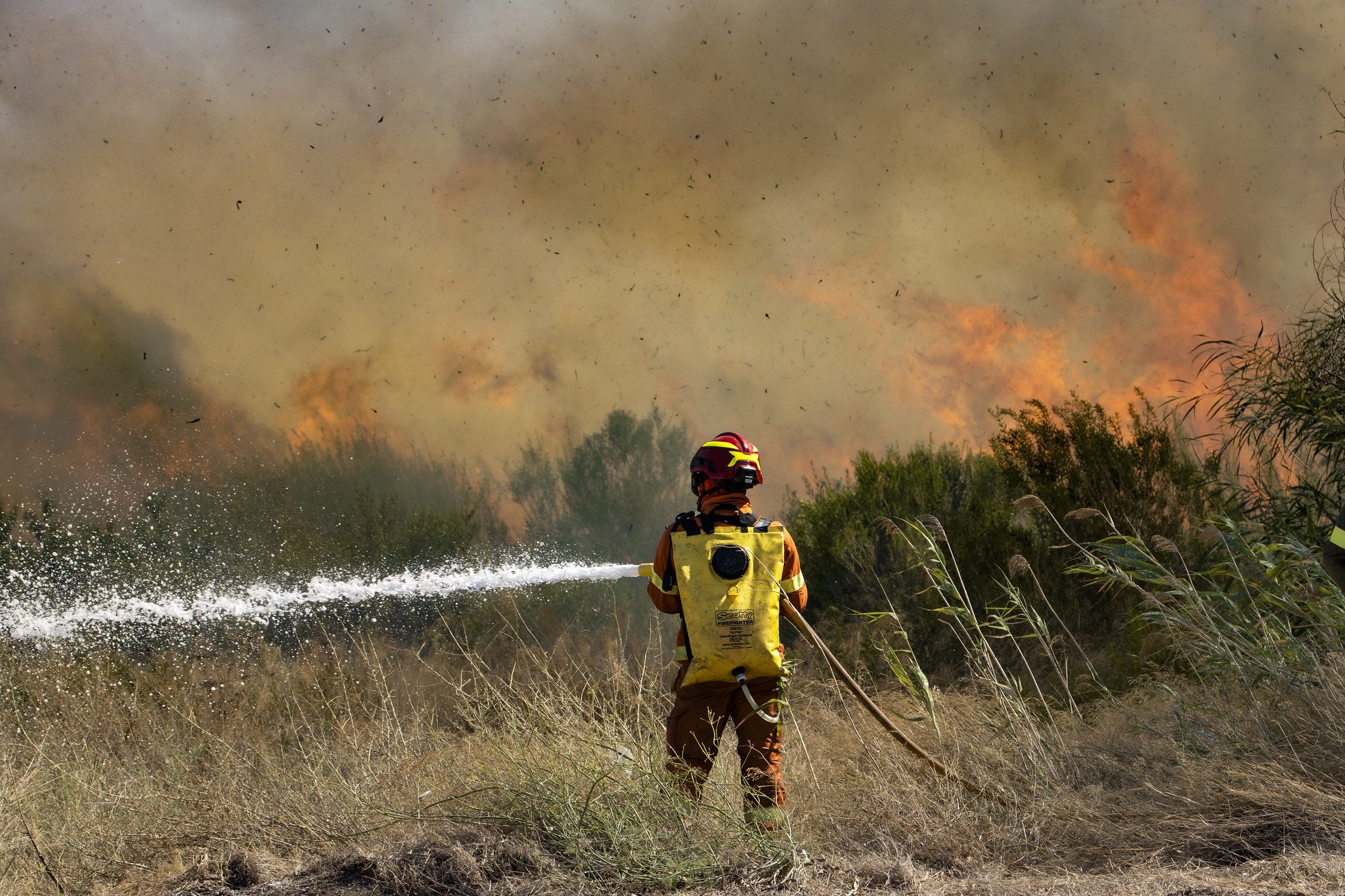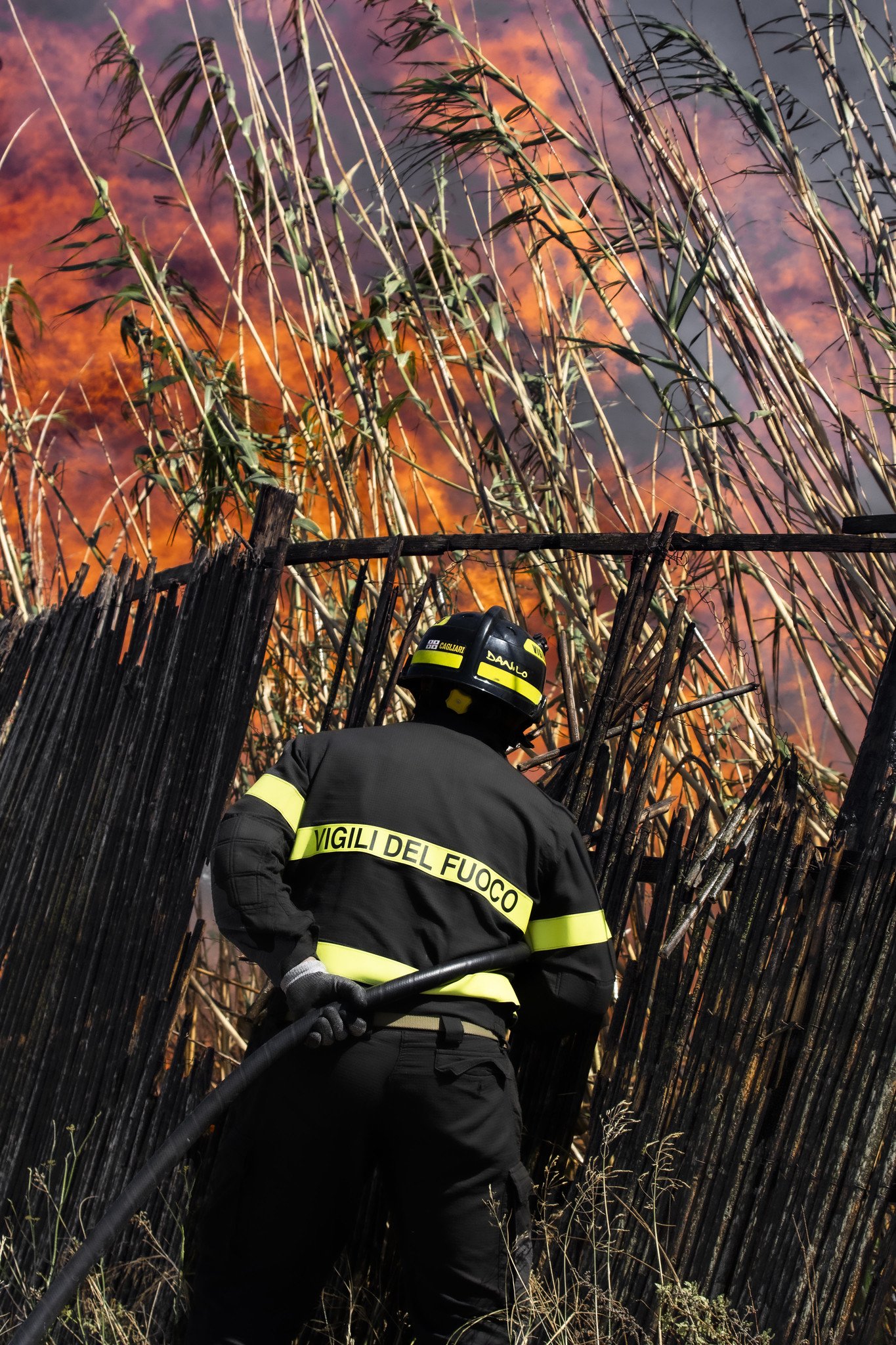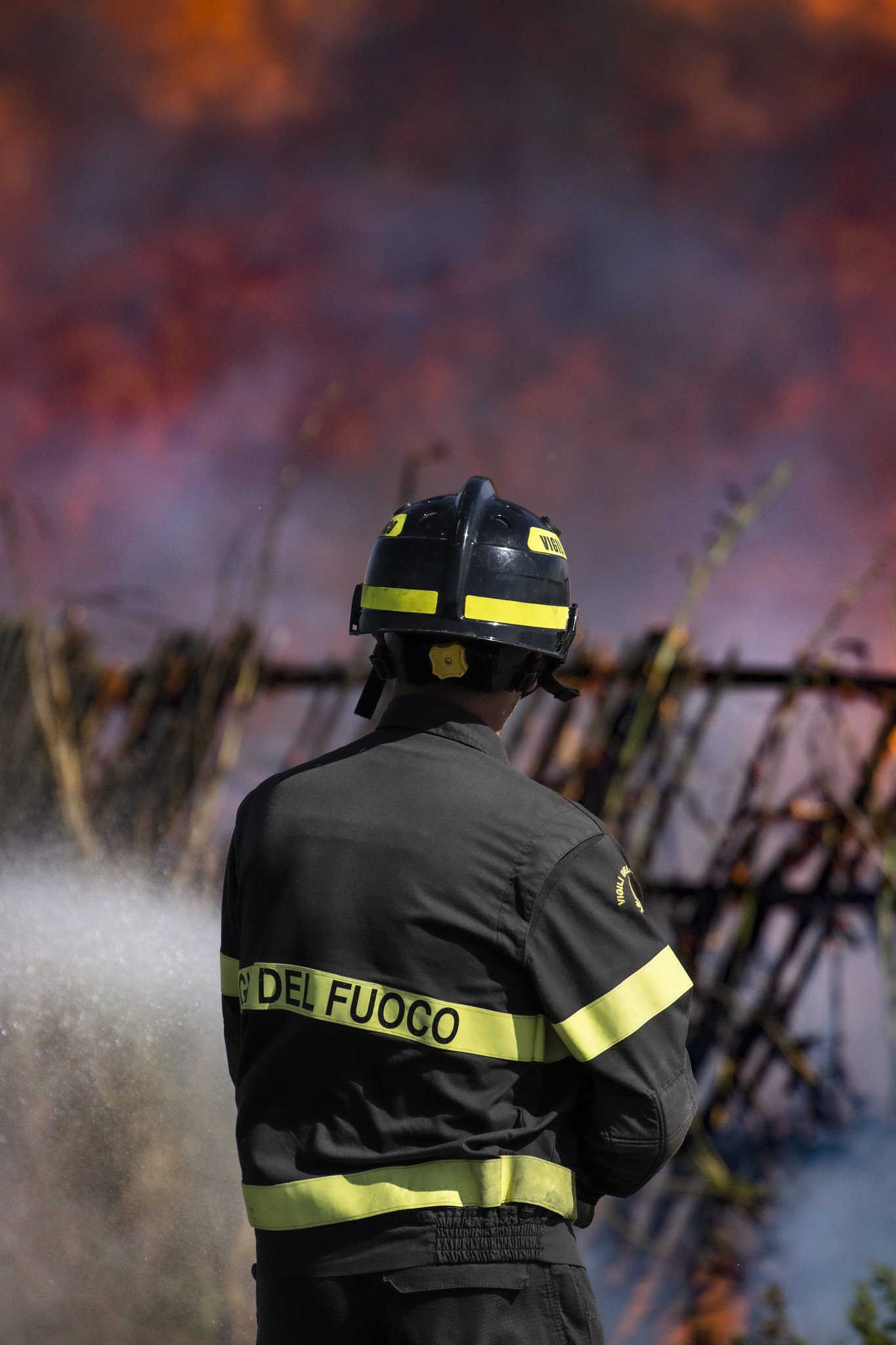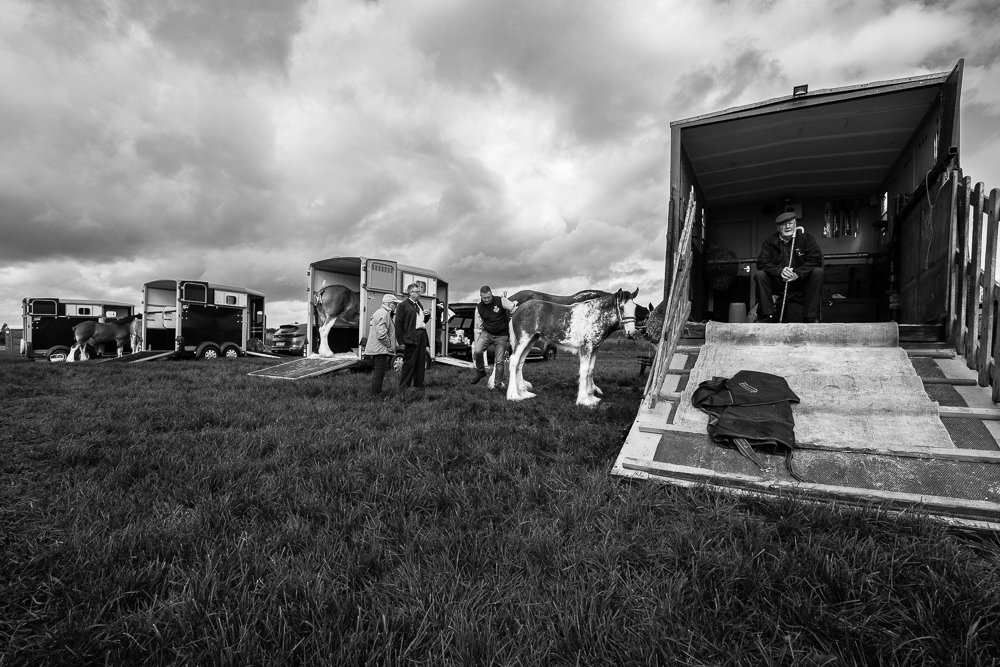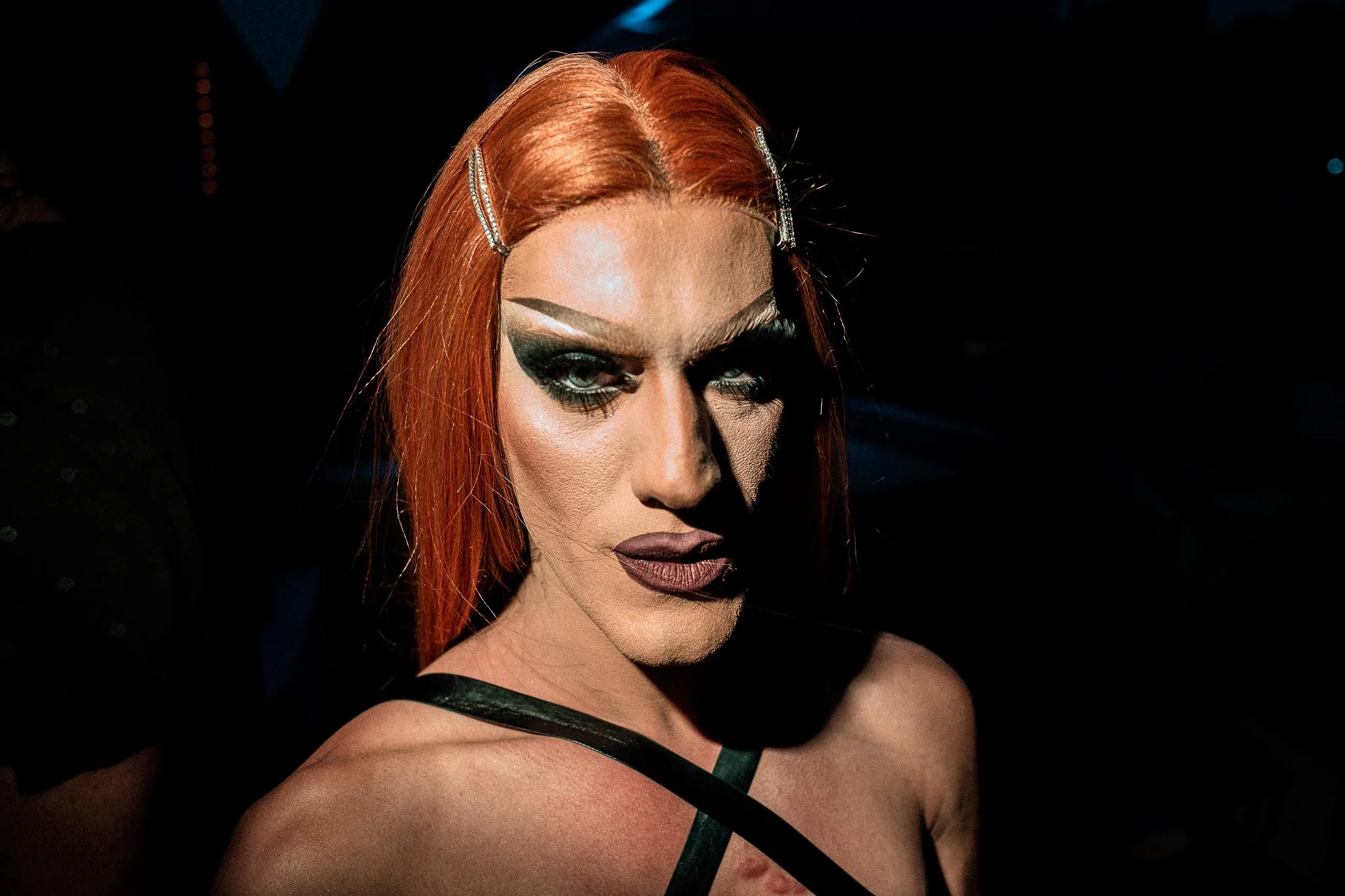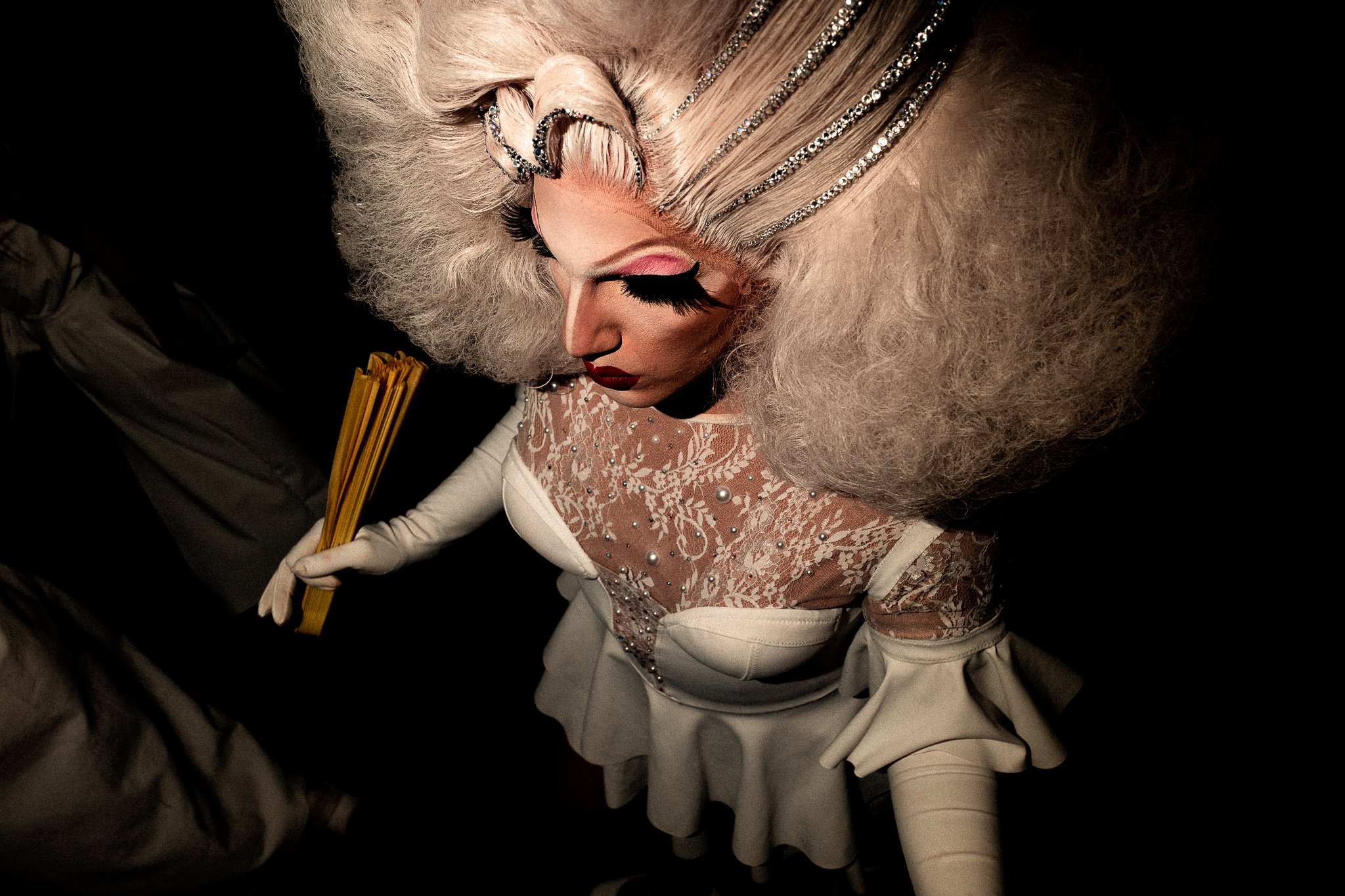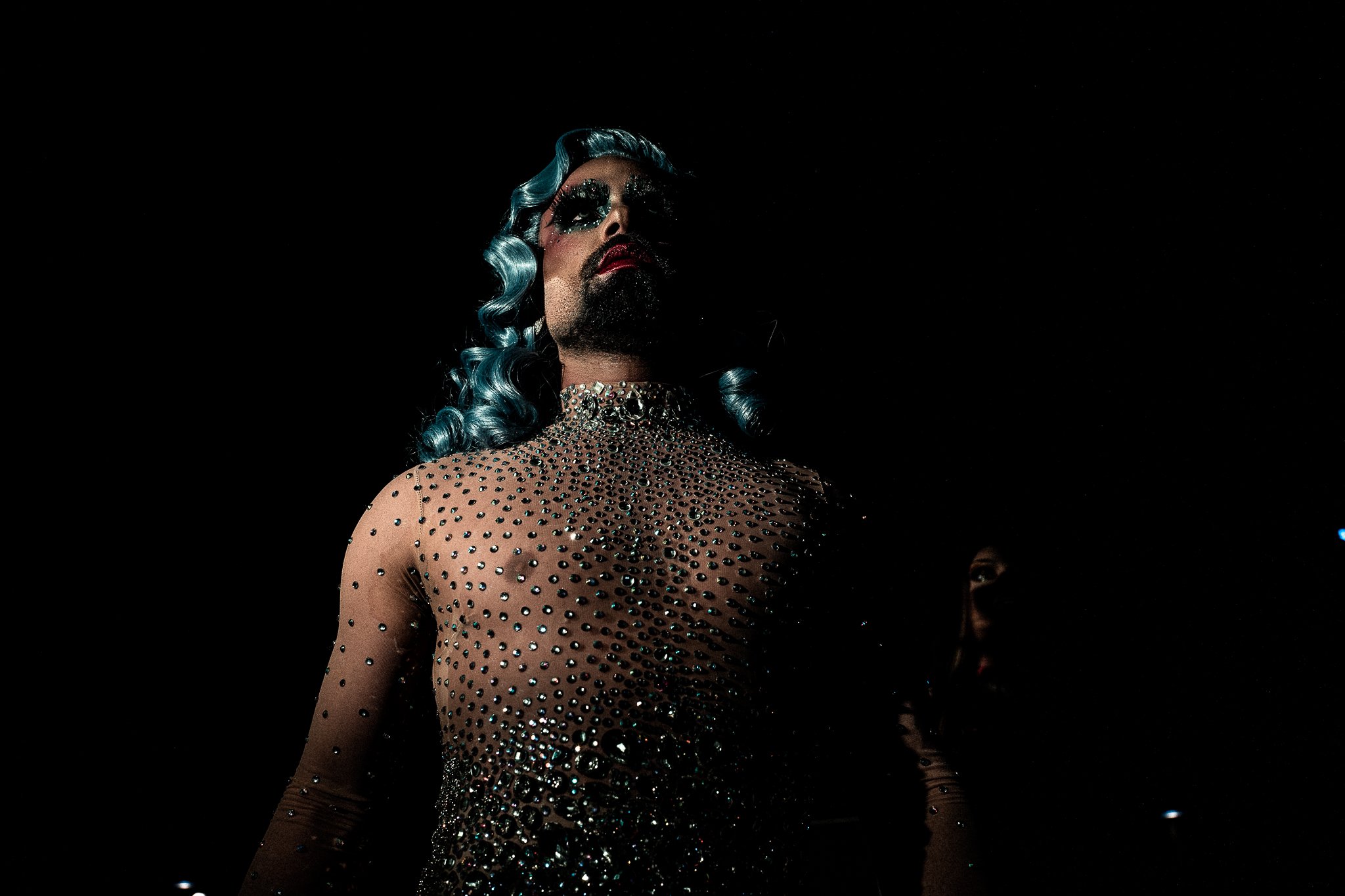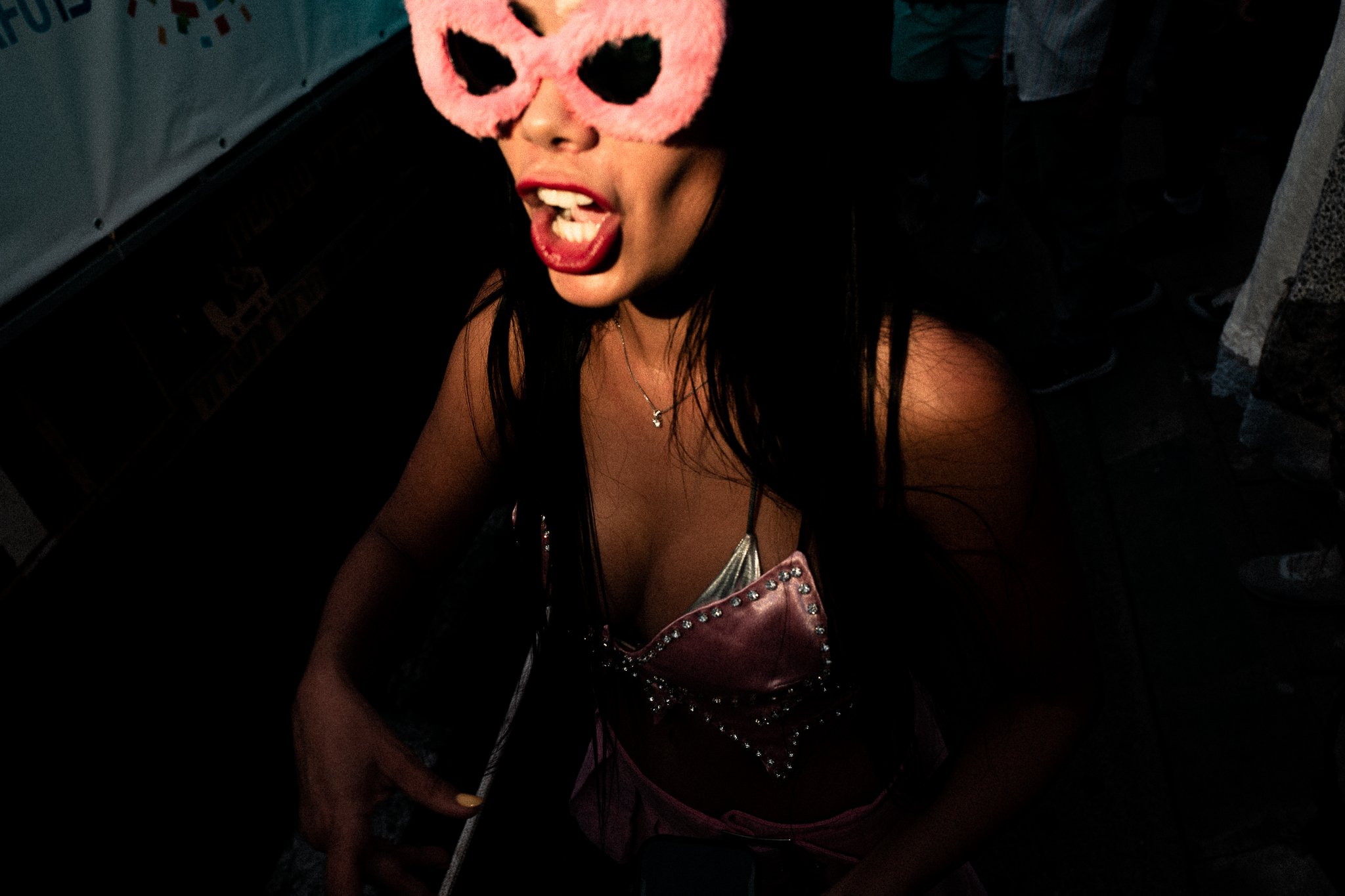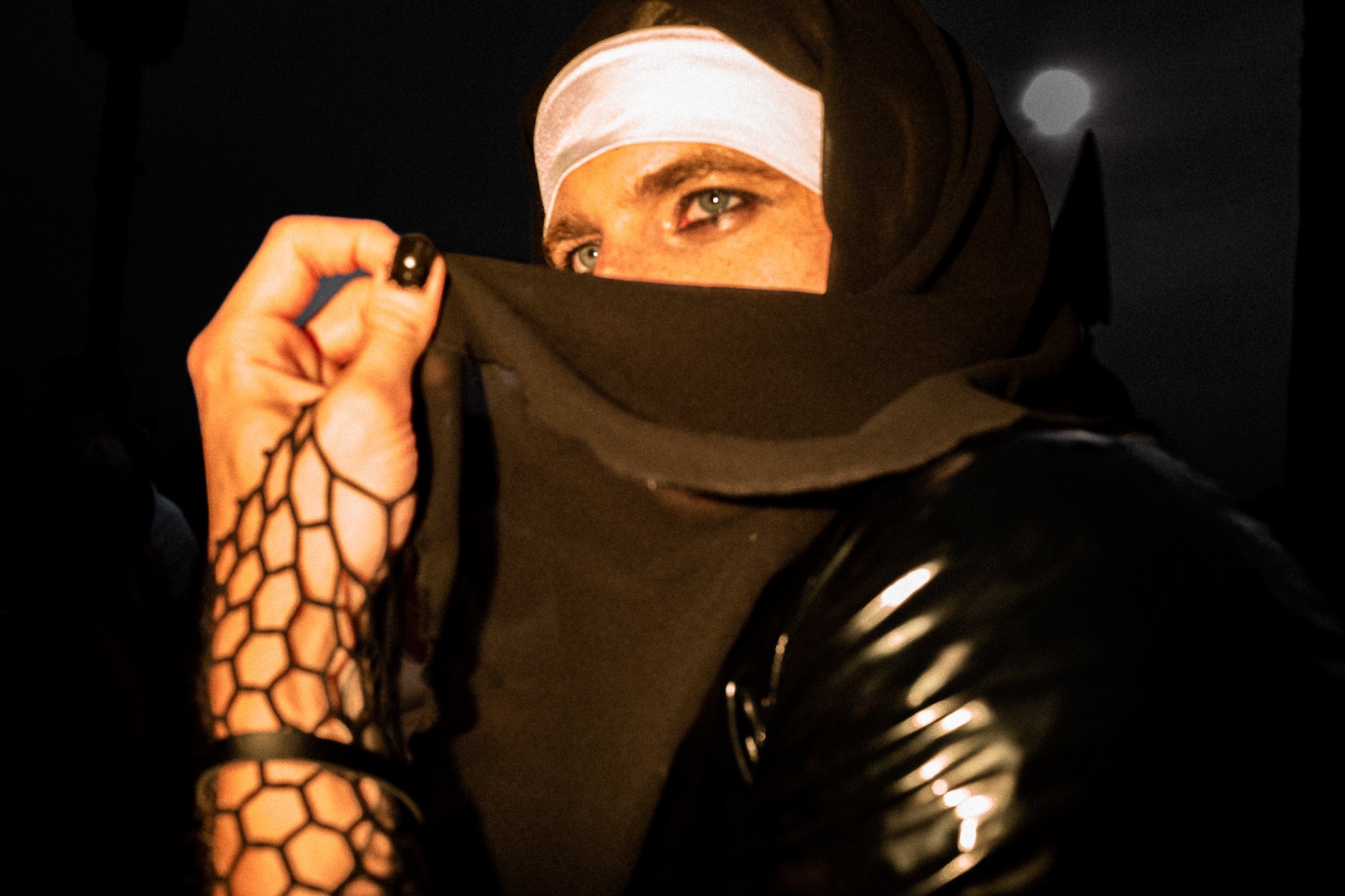Candombe
by Eduardo Storch
As I have already commented in a previous publication, the Uruguayan carnival is a very important part of popular culture and has its own, extremely typical characteristics centered on the “candombe”.“Candombe” was the most important and significant dance and musical-religious expression of the Afro collective, and continues to be one of the most eloquent musical expressions, having spread in such a way to the entire society, that it is one of the cultural elements that identifies the country.
The slaves who were brought to the country, as well as their descendants, maintained the traditions of Africa, with their dances and drums that, over time, have merged with different musical styles until acquiring the current rhythm.
Although “candombe” is played all year round in the Montevideo neighborhoods and also in other cities in the country, the epicenter is especially in the “Sur neighborhood” and the “Palermo neighborhood” of the capital, where during the 19th and 20th centuries there were many groups of African descendant families.
“Candombe” has become synonymous with Uruguay, to such an extent that it has been declared an “Intangible Cultural Heritage of Humanity” by UNESCO, and on December 3, it is especially celebrated with various cultural and musical events.
People go out to dance in “comparsas”, which are groups made up of a large group of drums, preceded by dancers and typical characters from the time of slavery, such as the old mama, the healer or sorcerer and the broomstick, accompanied of banners and flags.
With the beating of the drums, people of all ages celebrate and dance to this happy and contagious rhythm that resonates very loudly inside the chest, in a very exciting and stimulating way.
As National Candombe Day is something very local, there are few tourists, there are no barriers or boxes for spectators and one can mingle in the middle of the troupes, walk alongside them in the parade, get very close to the people, which It allows me to take very close portraits and even to those of us who take a lot of street photos, come to recognize people from previous shows, with whom we can talk and share photos.
For me, the audience is a very important part of the show, as well as those who offer drinks

